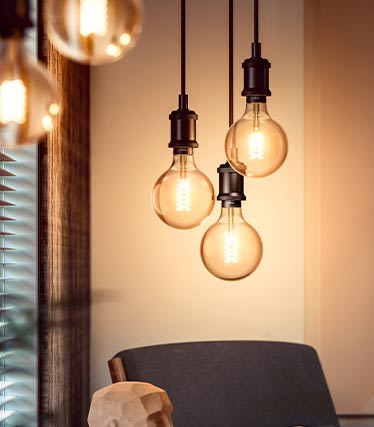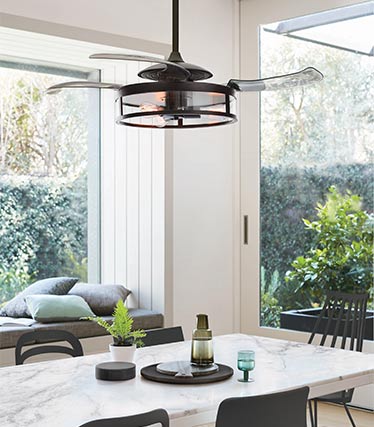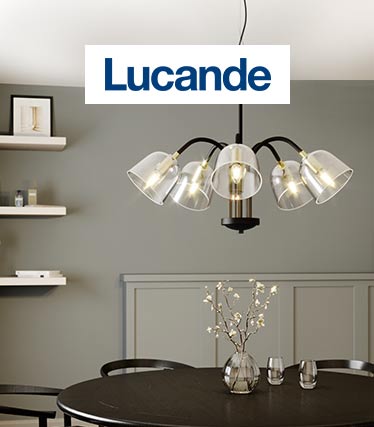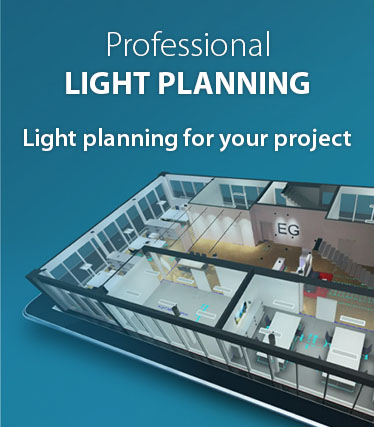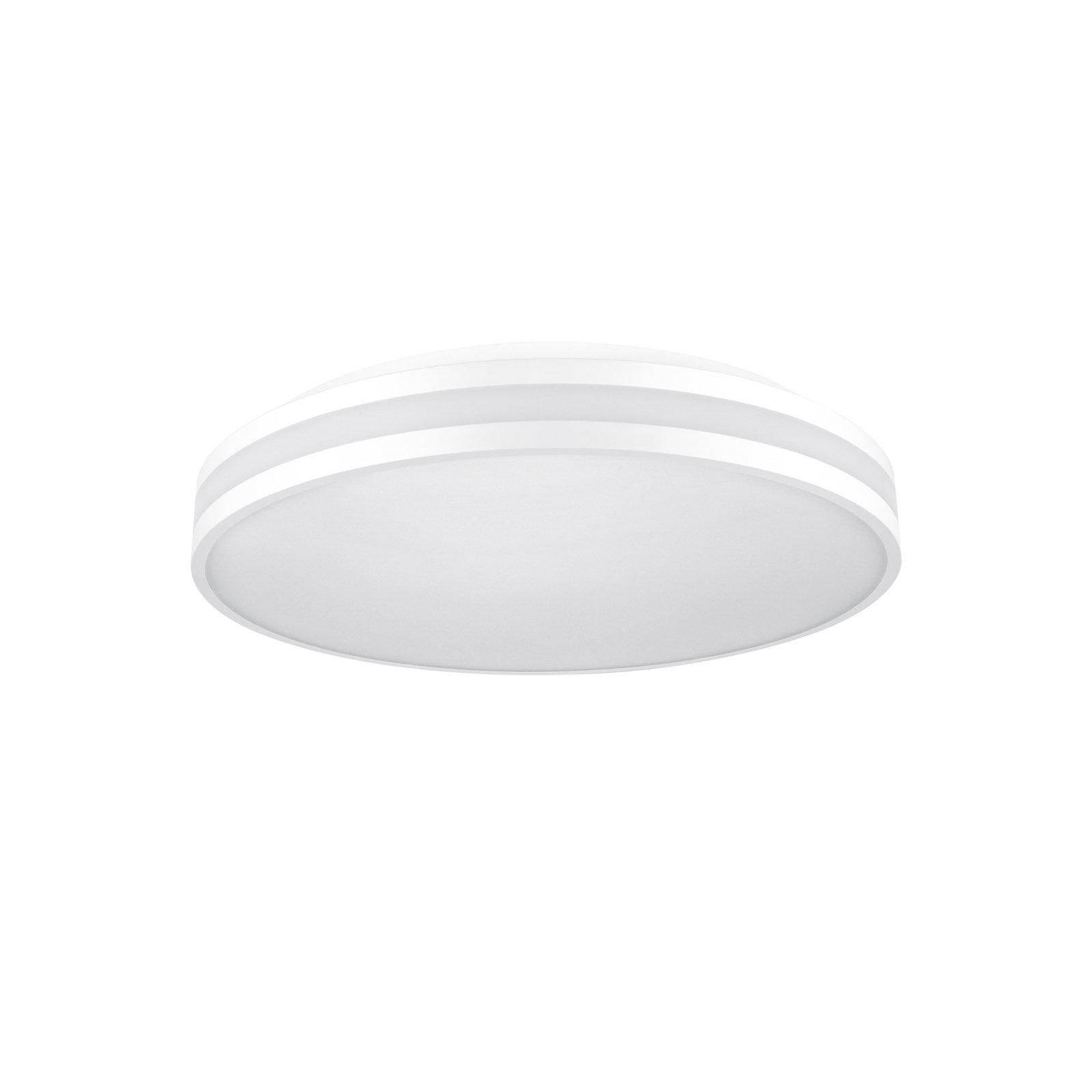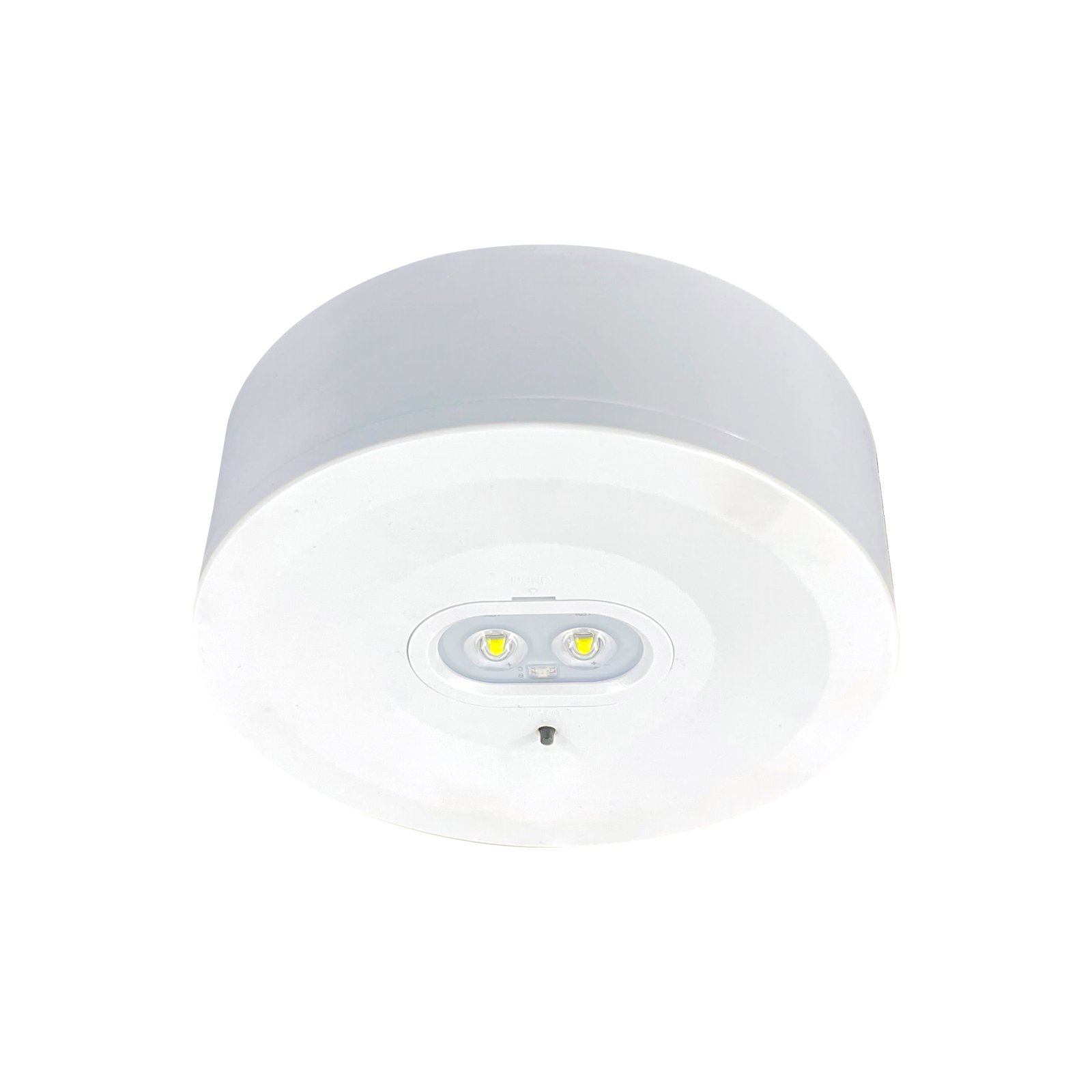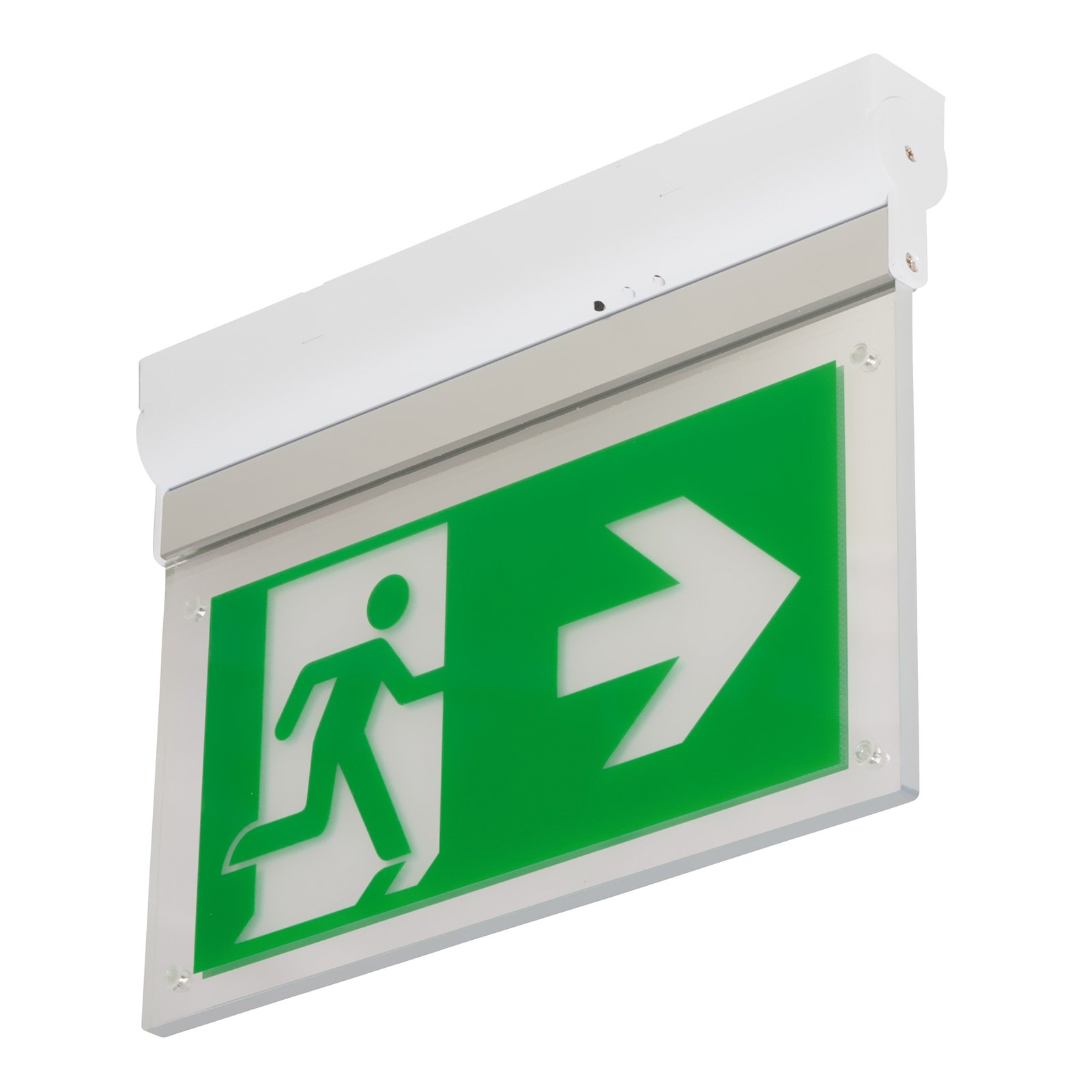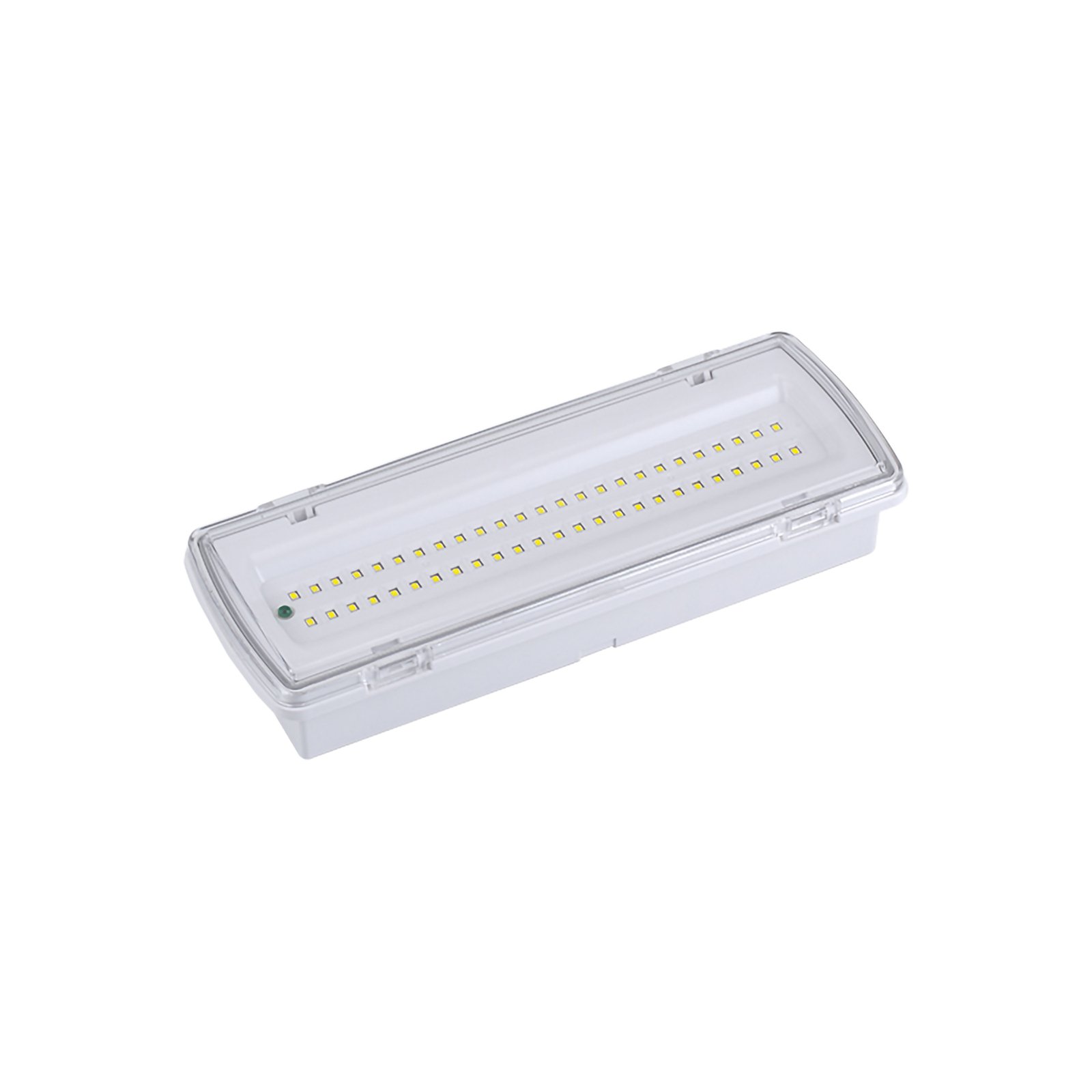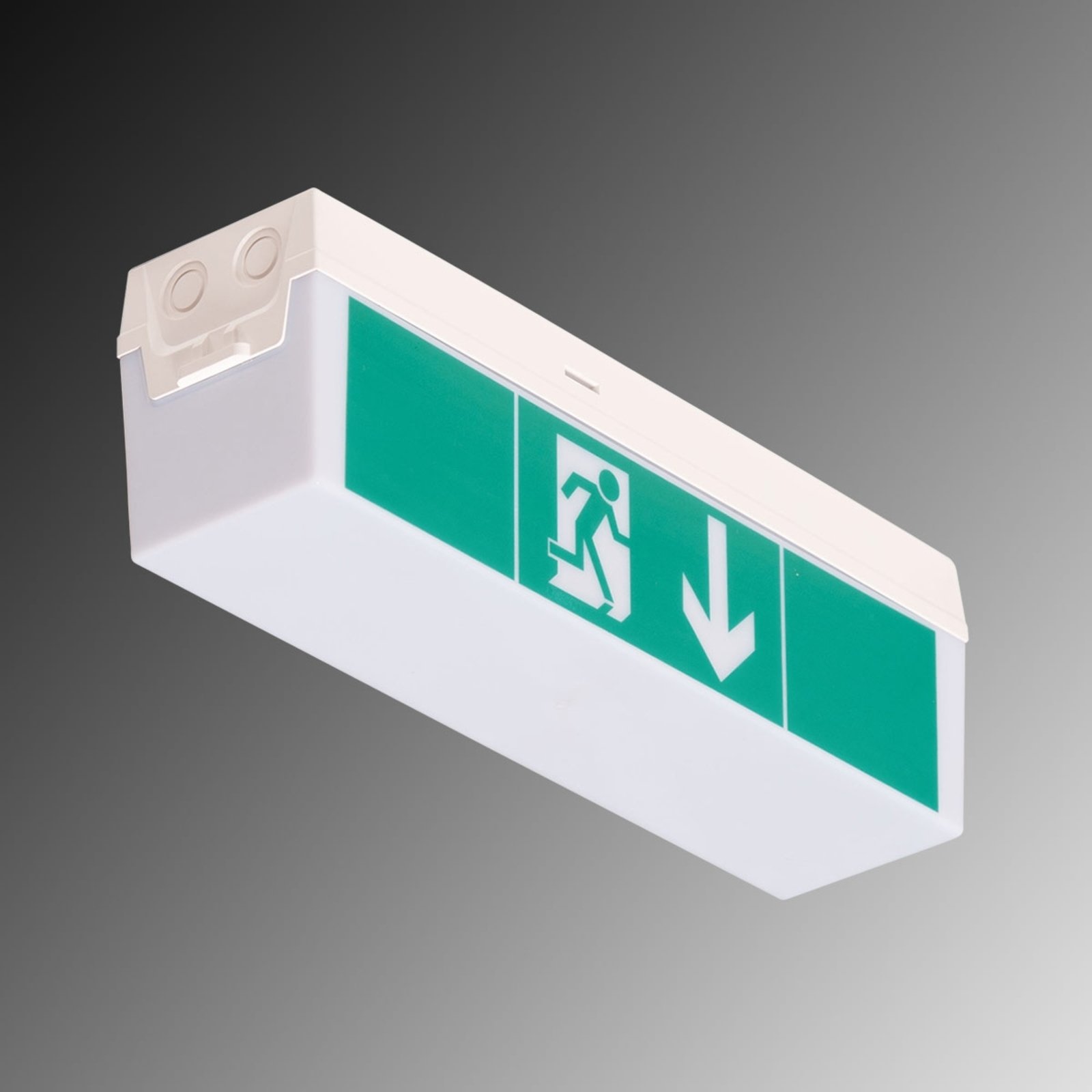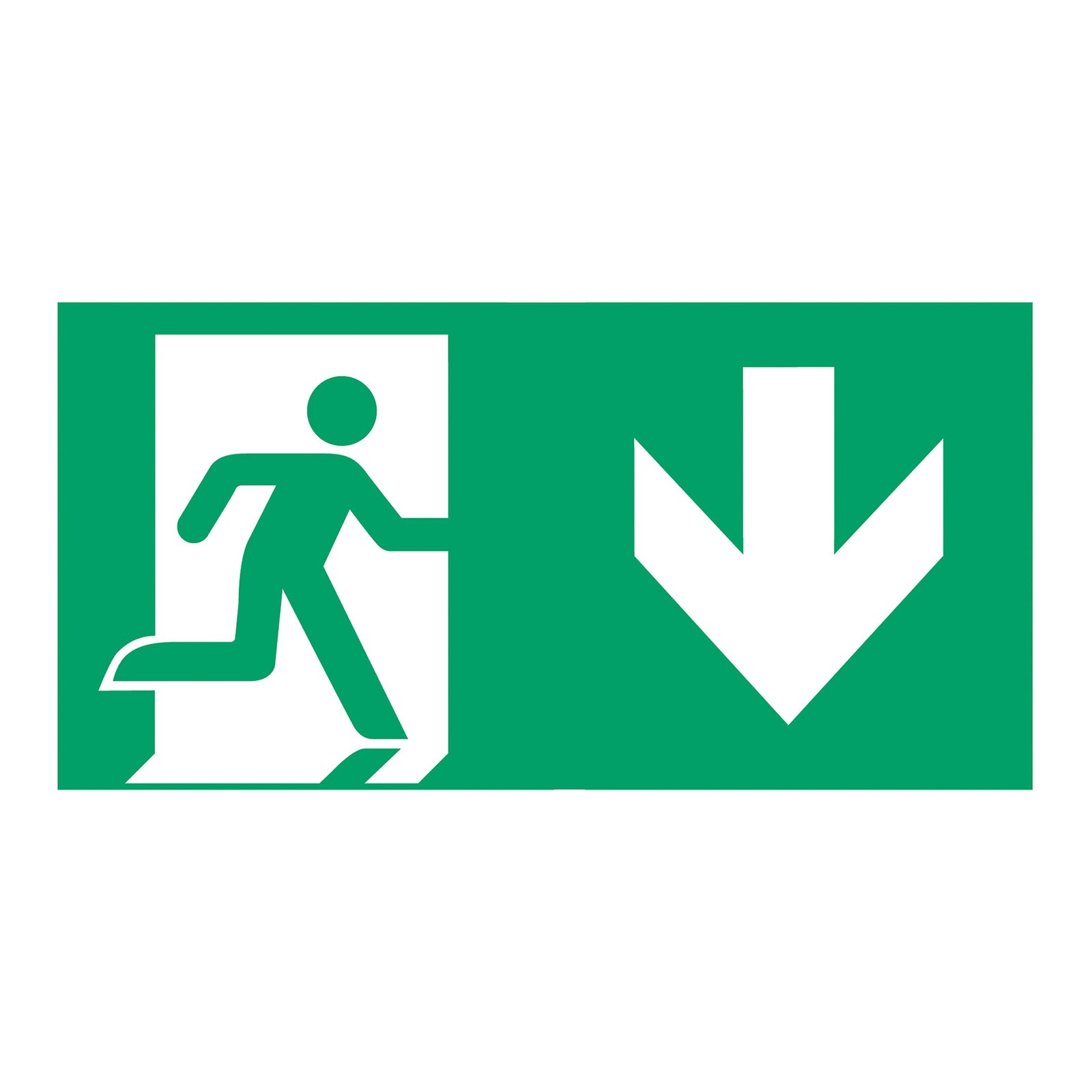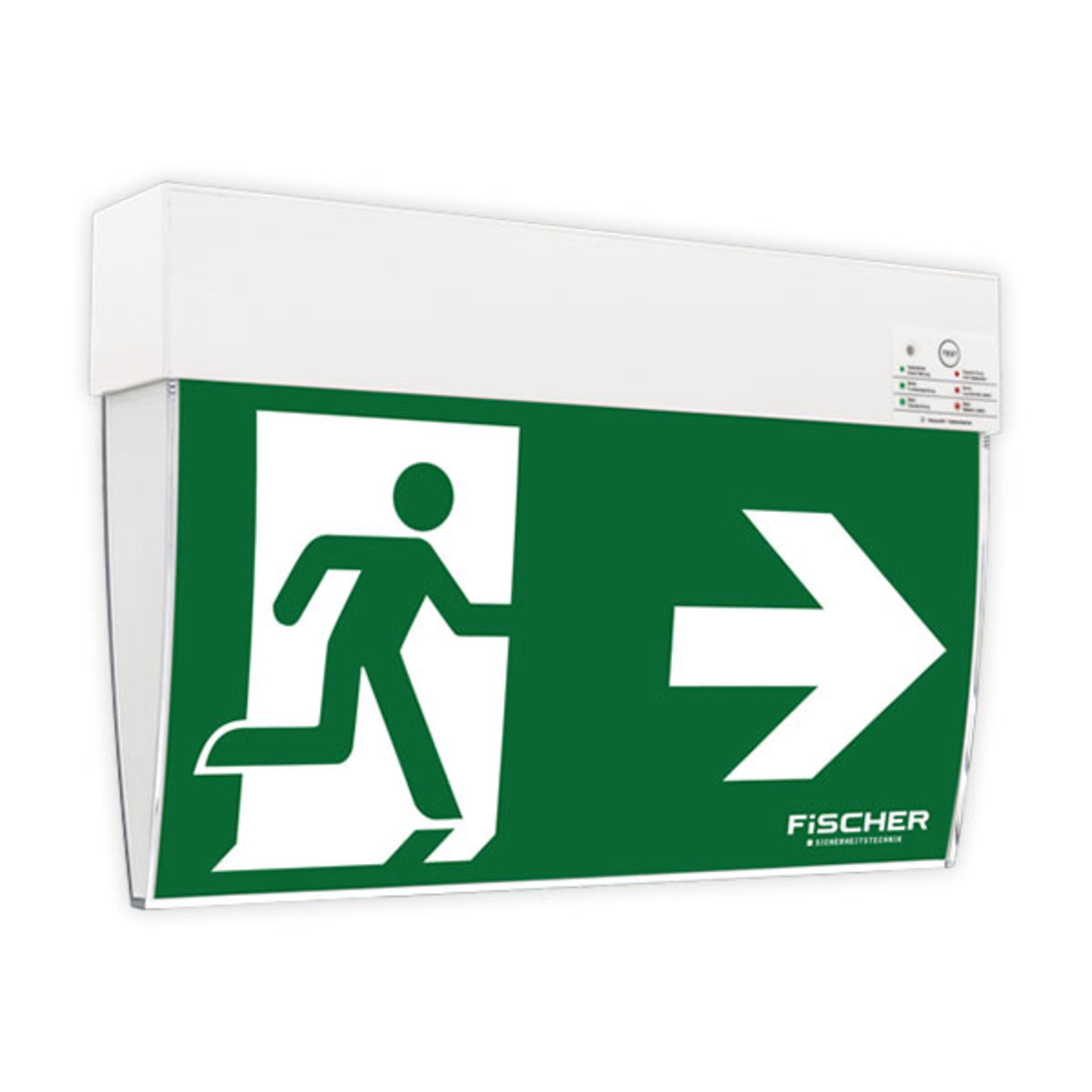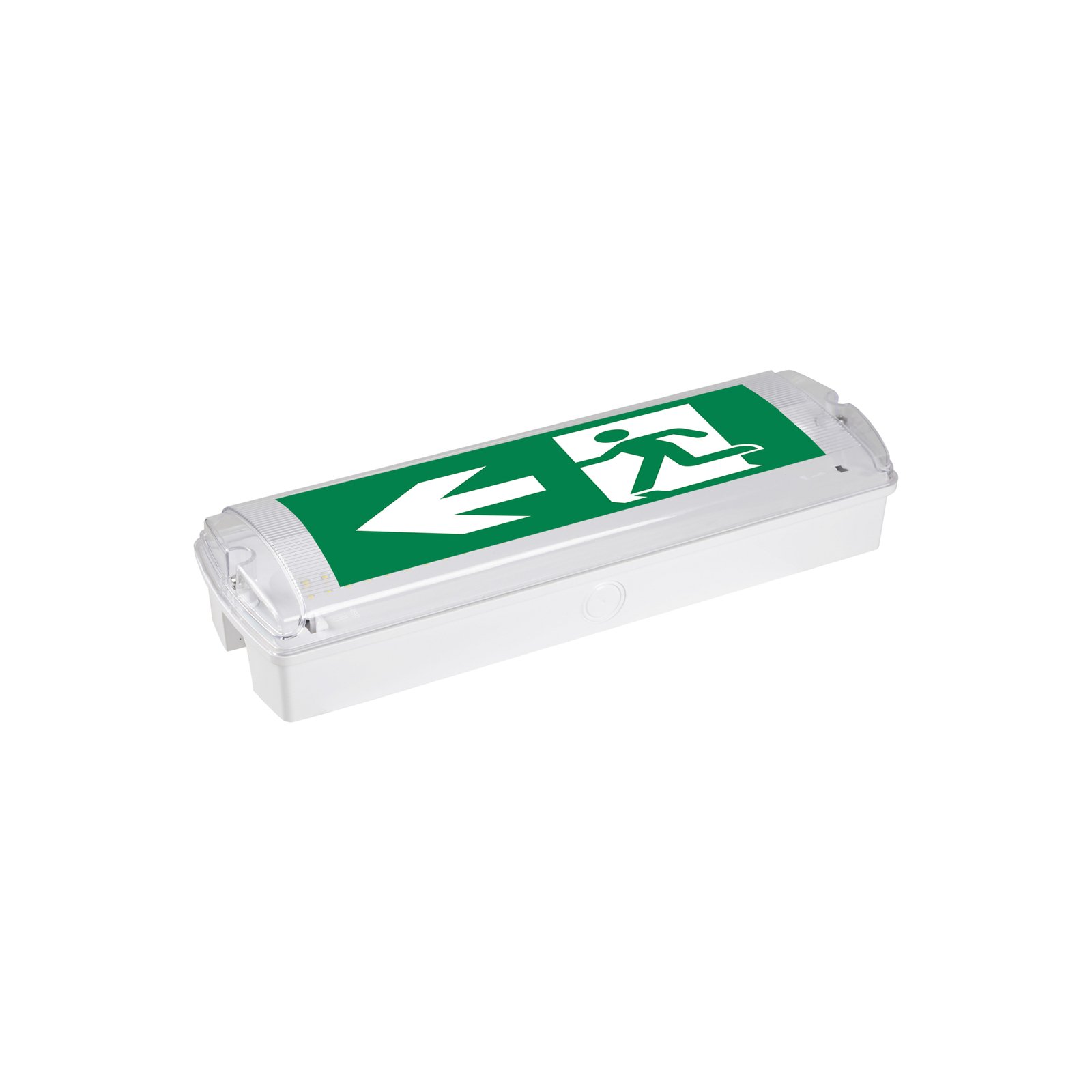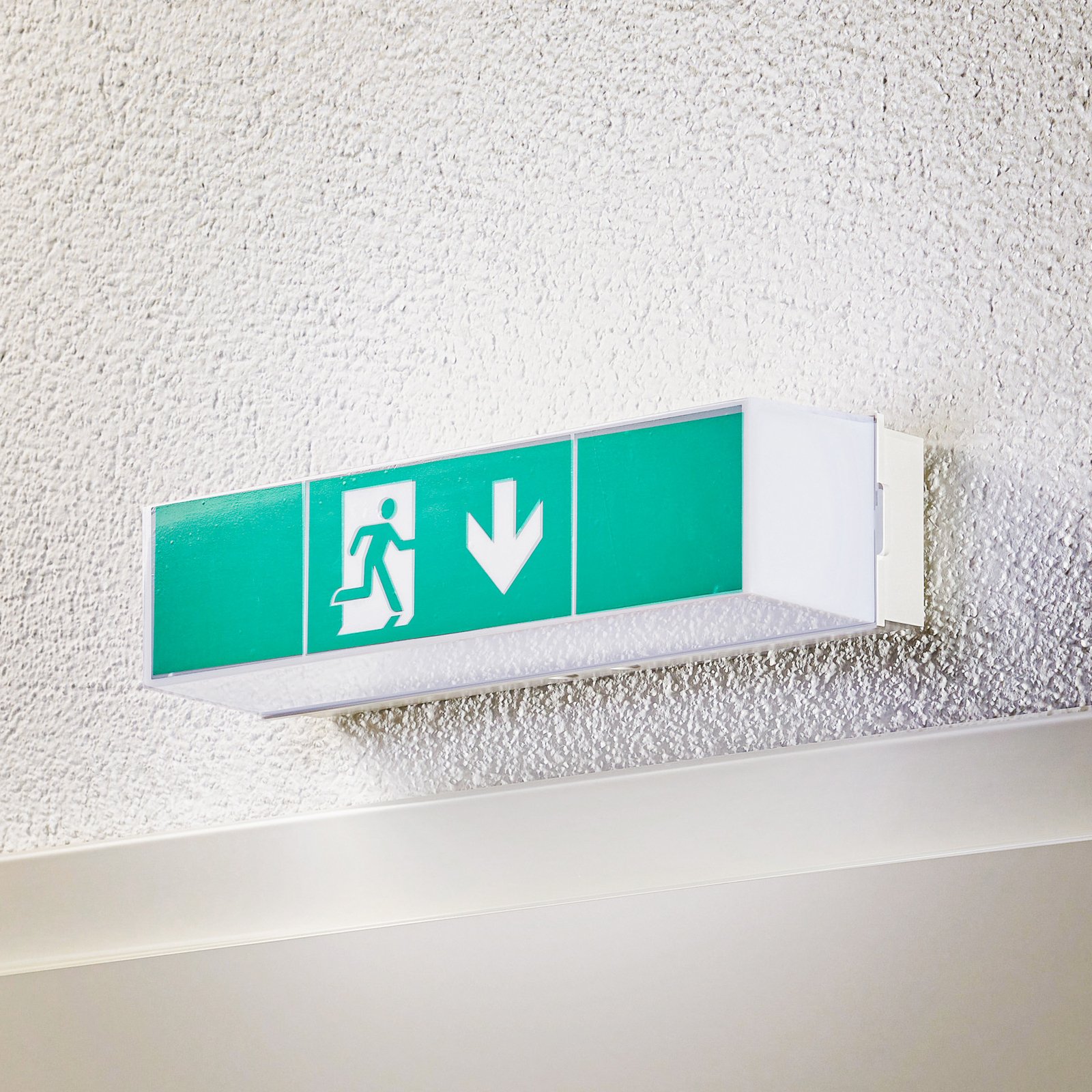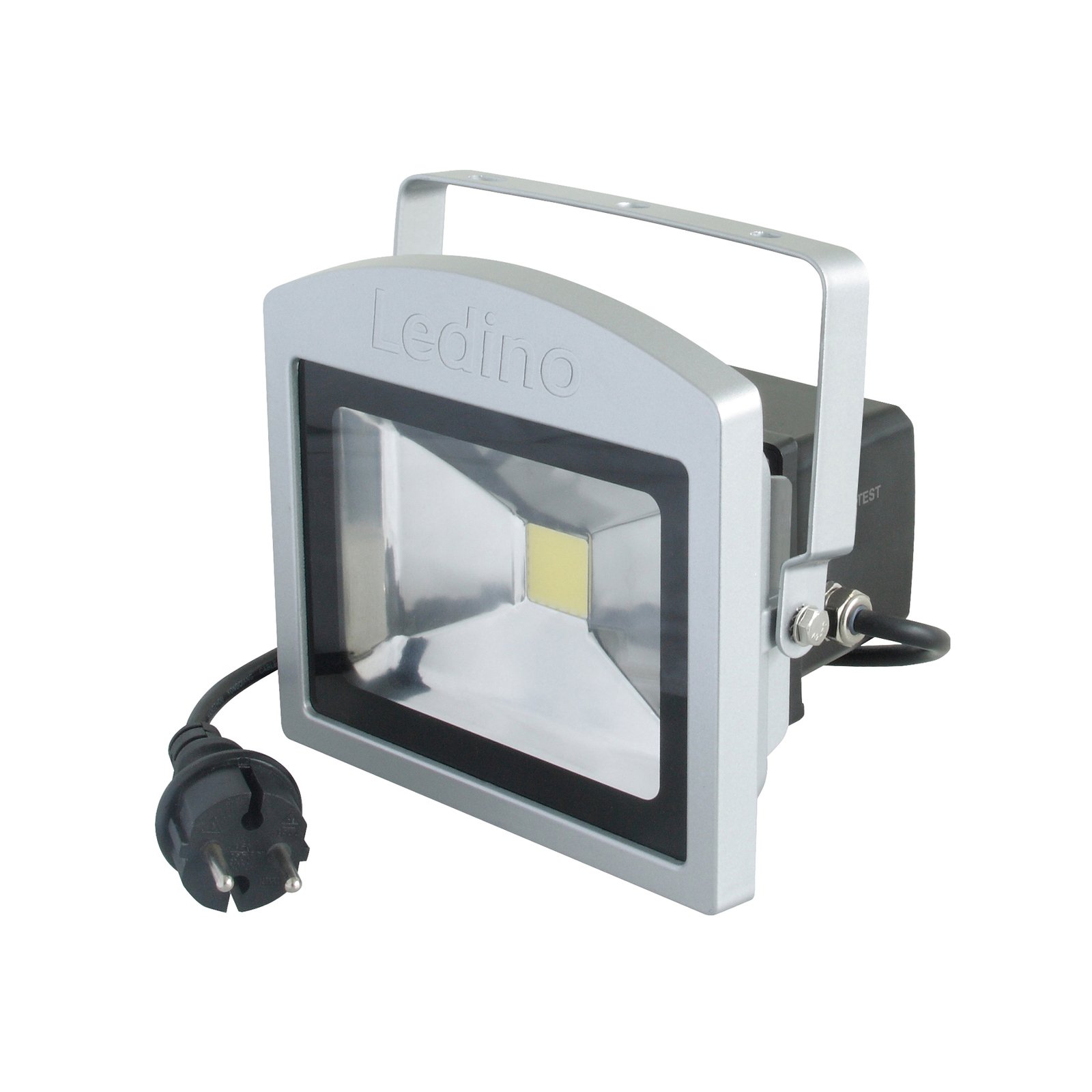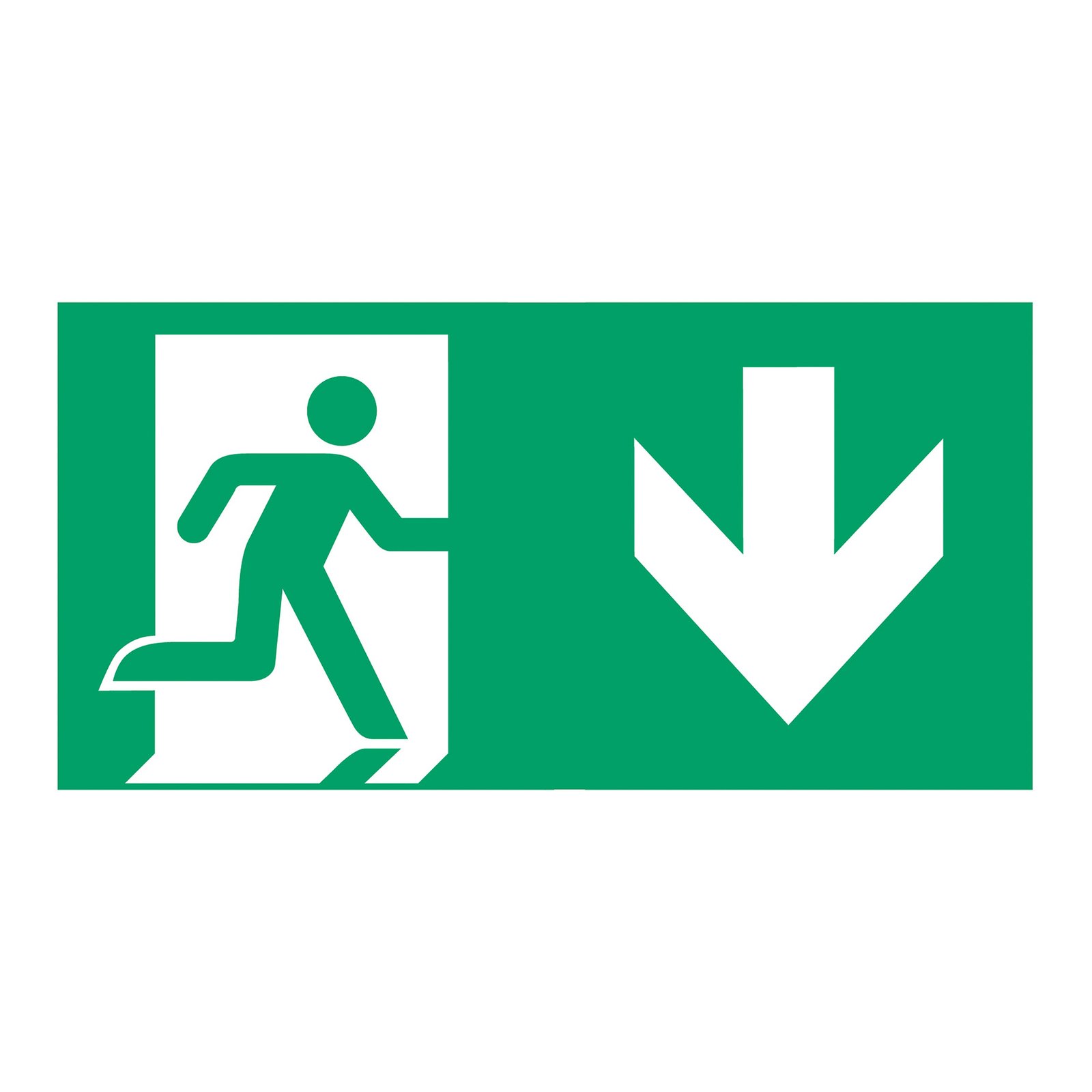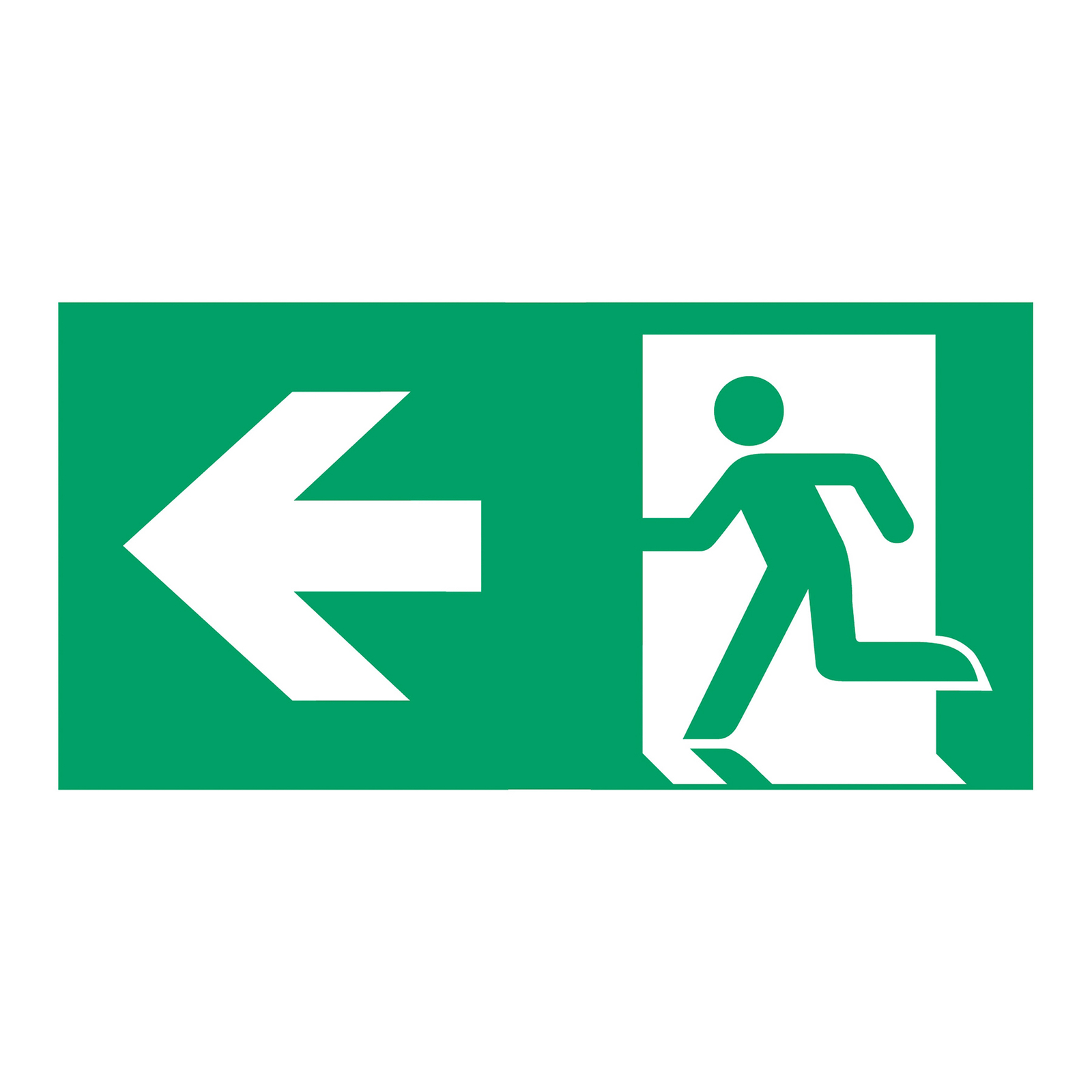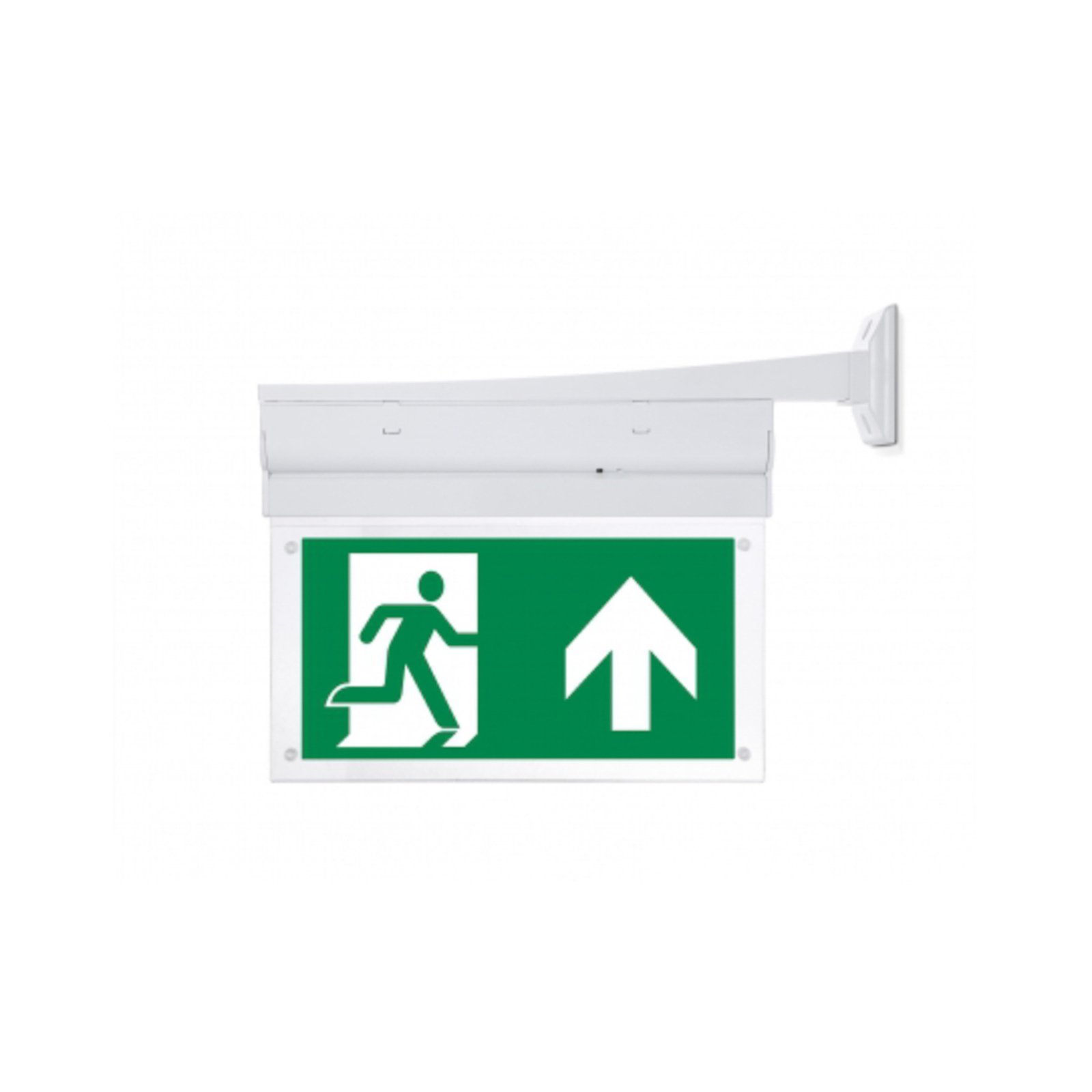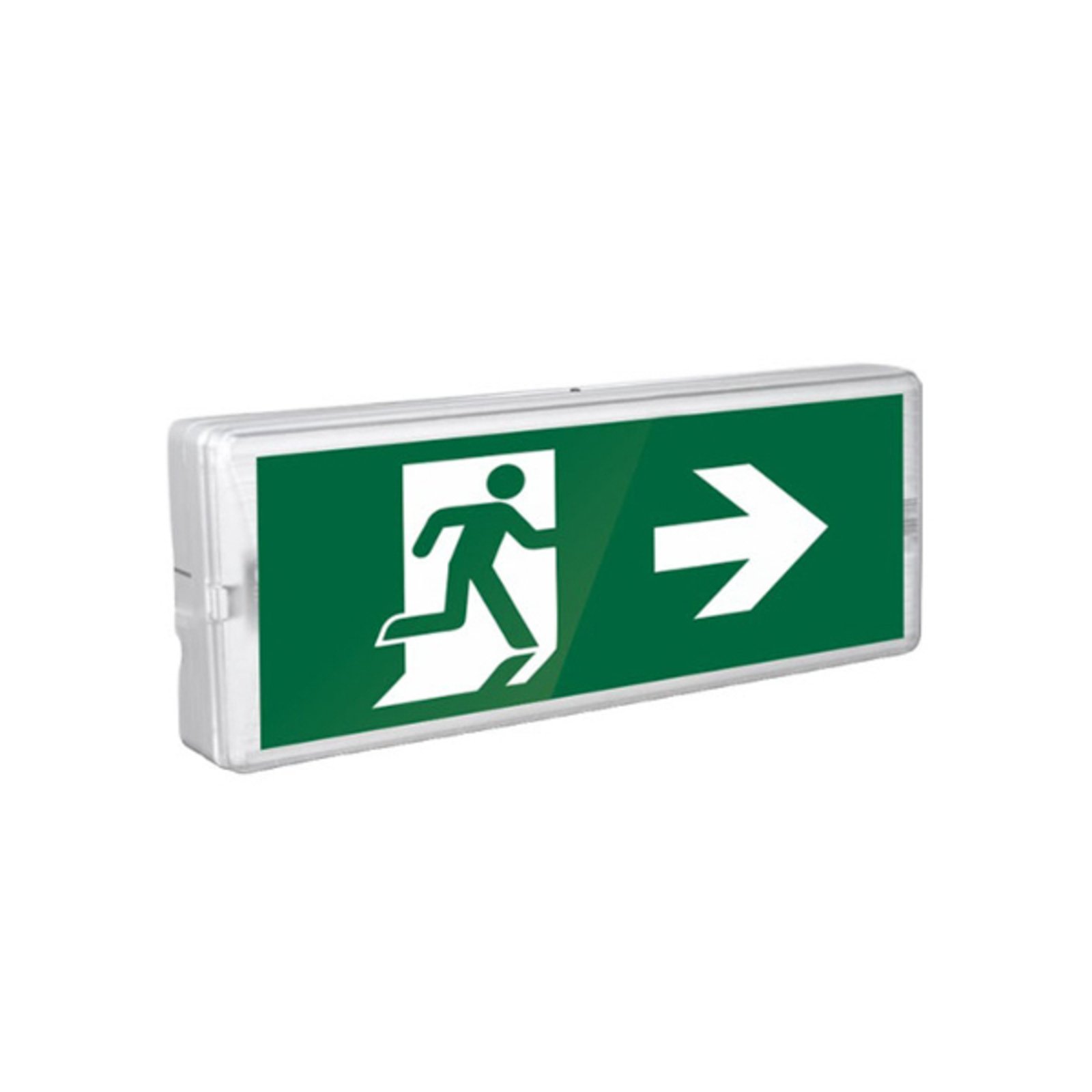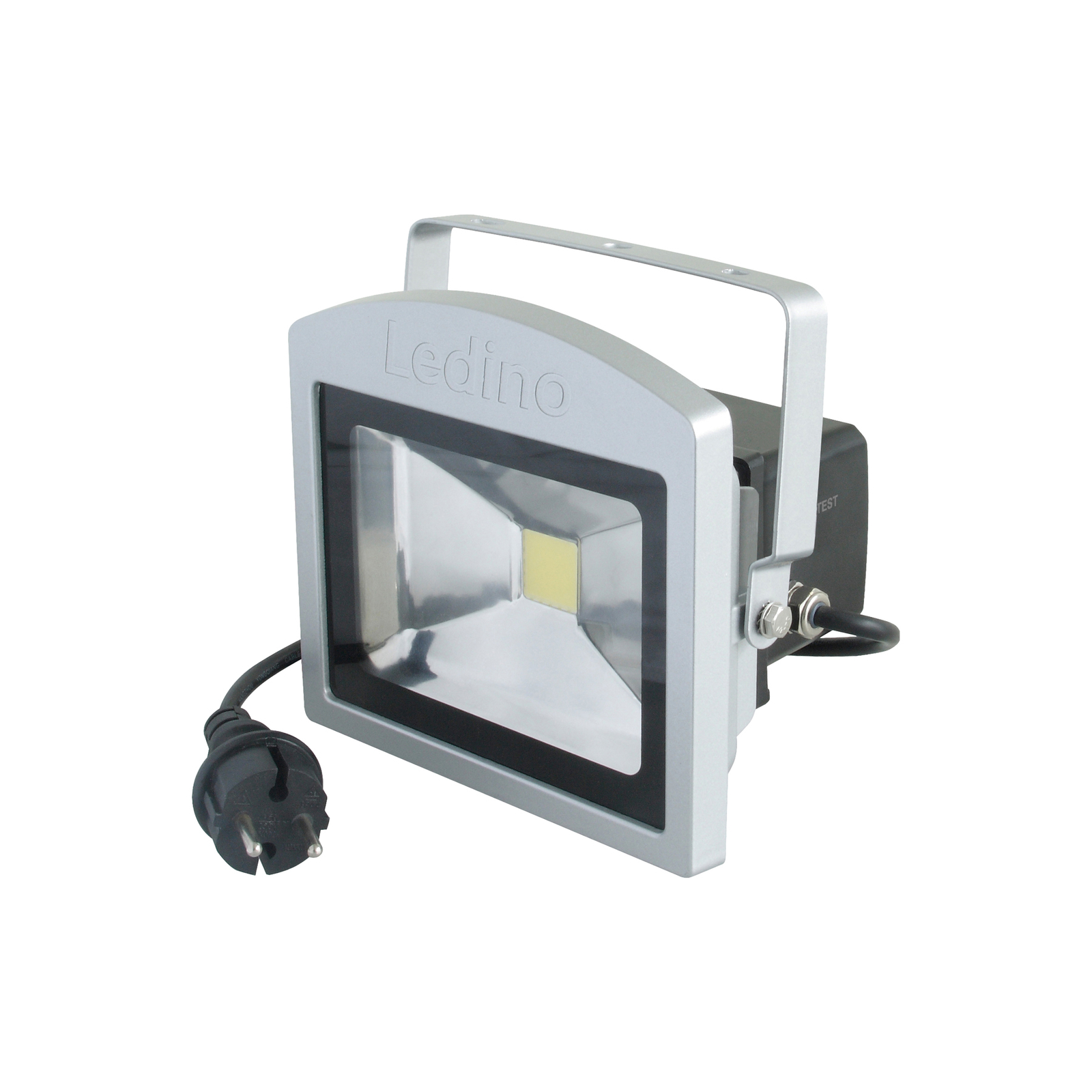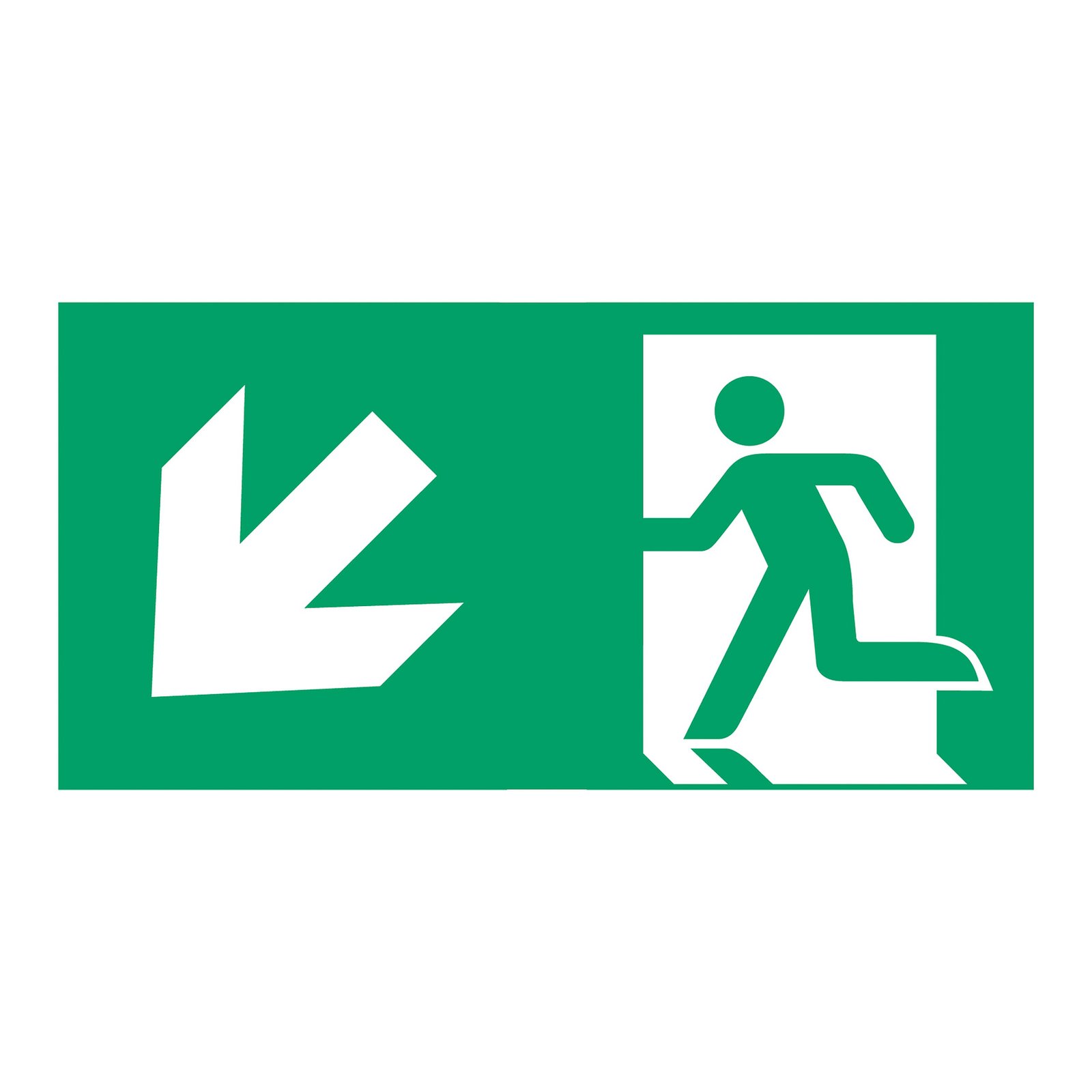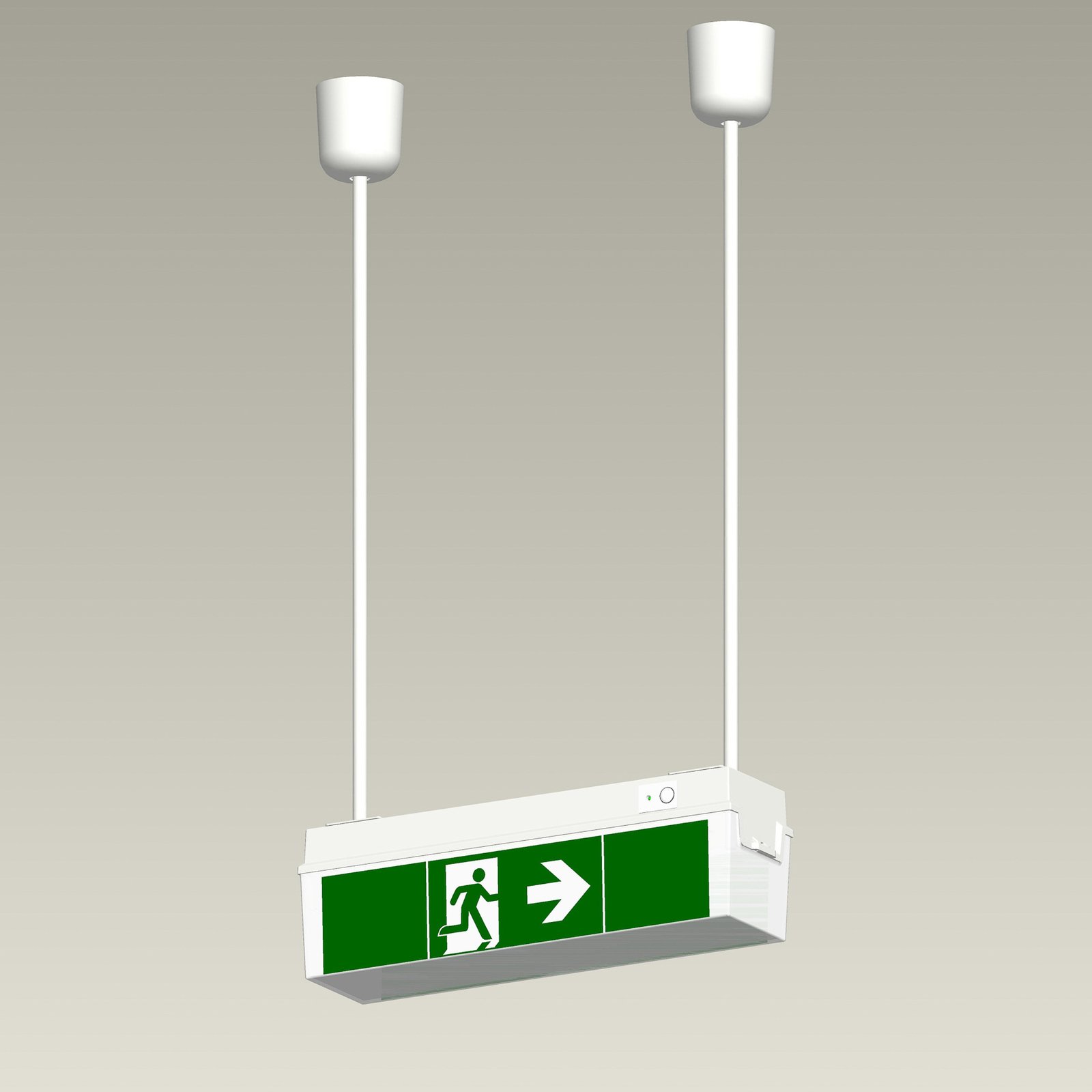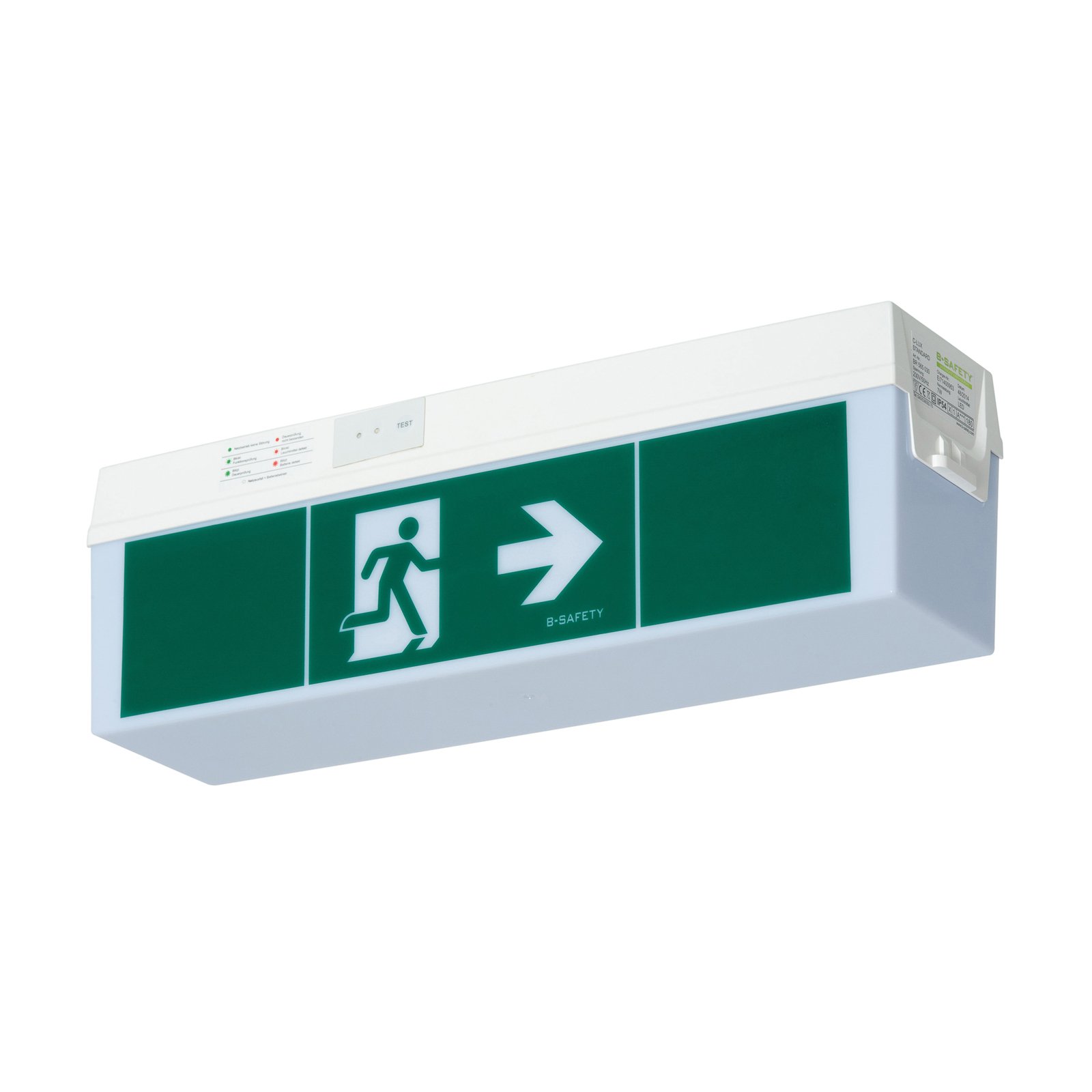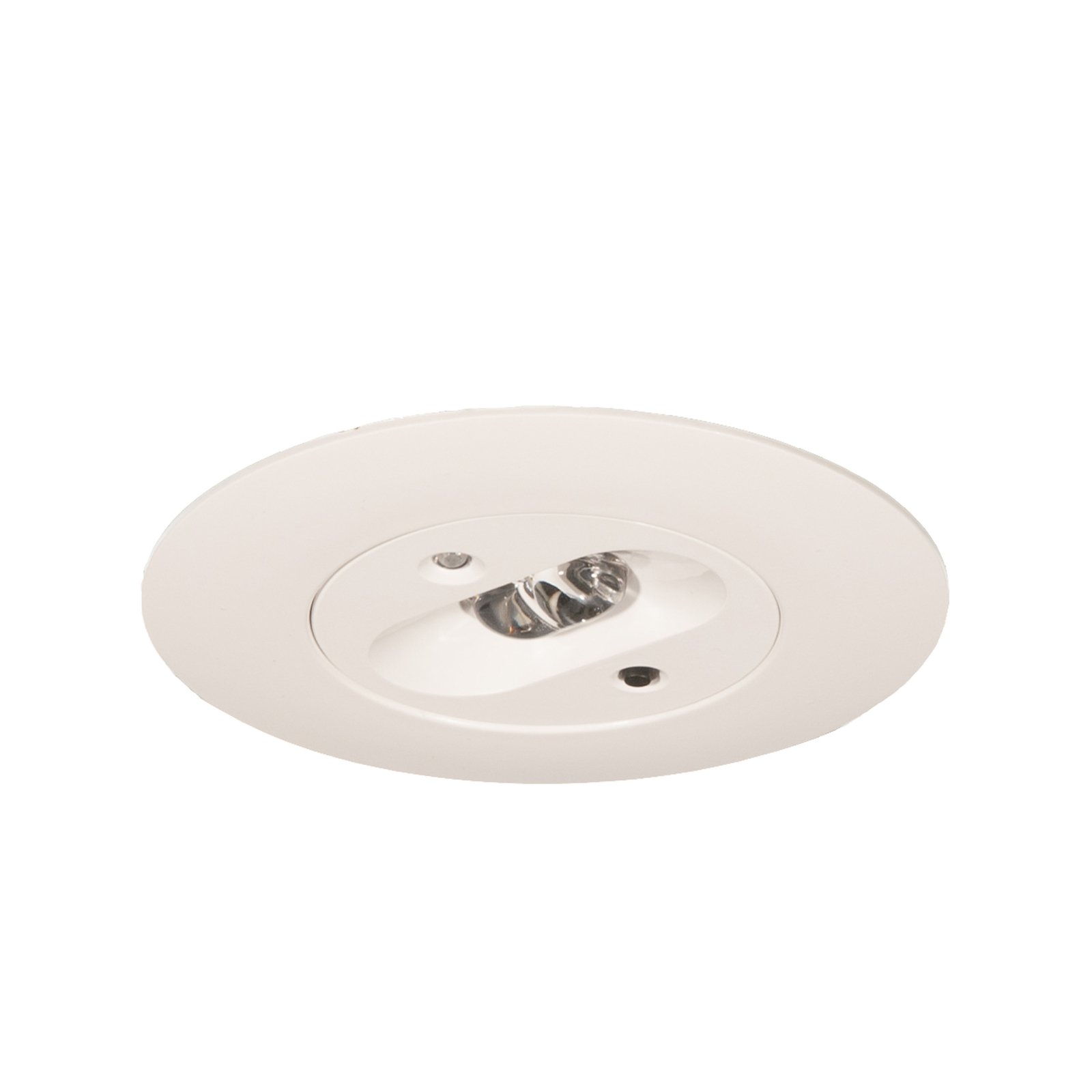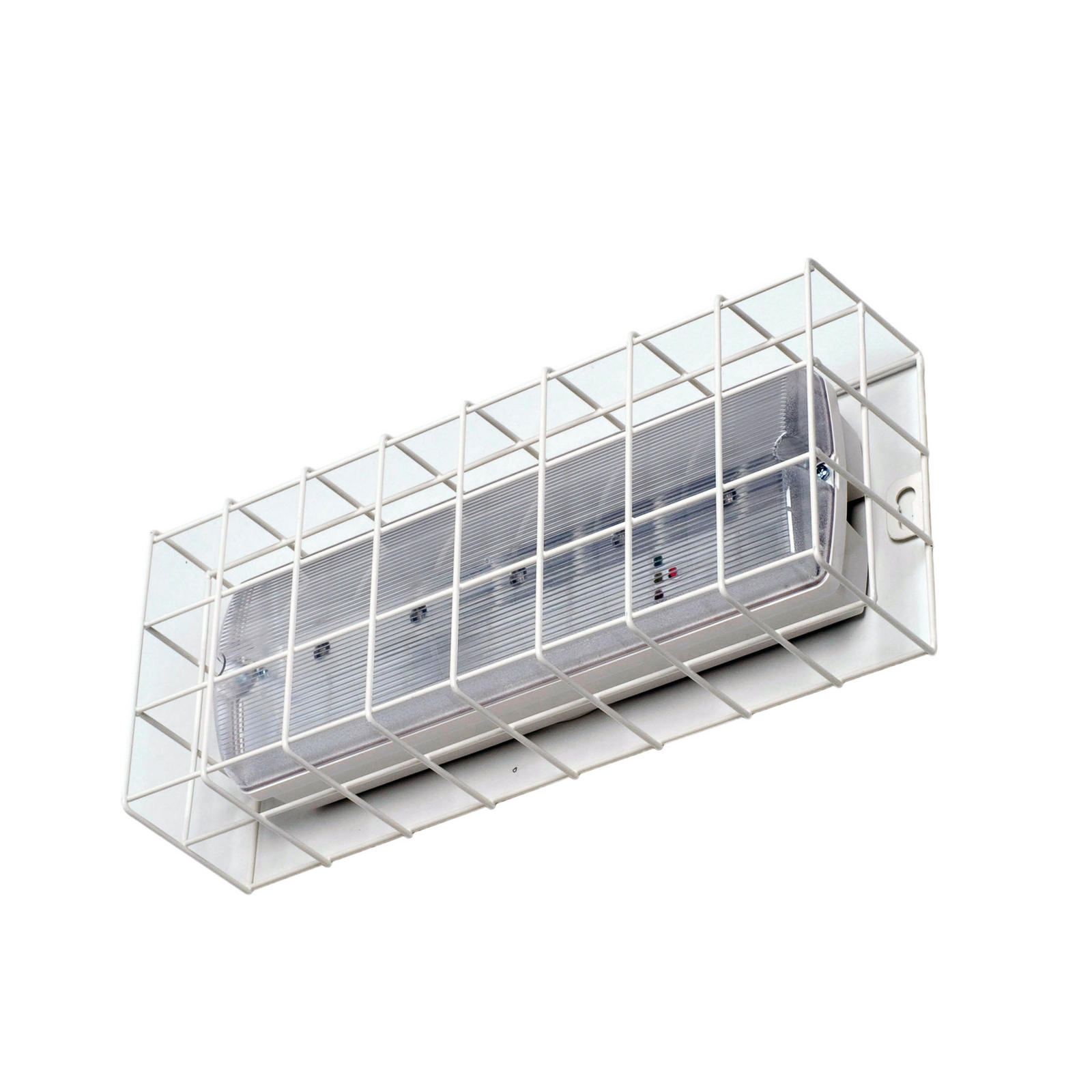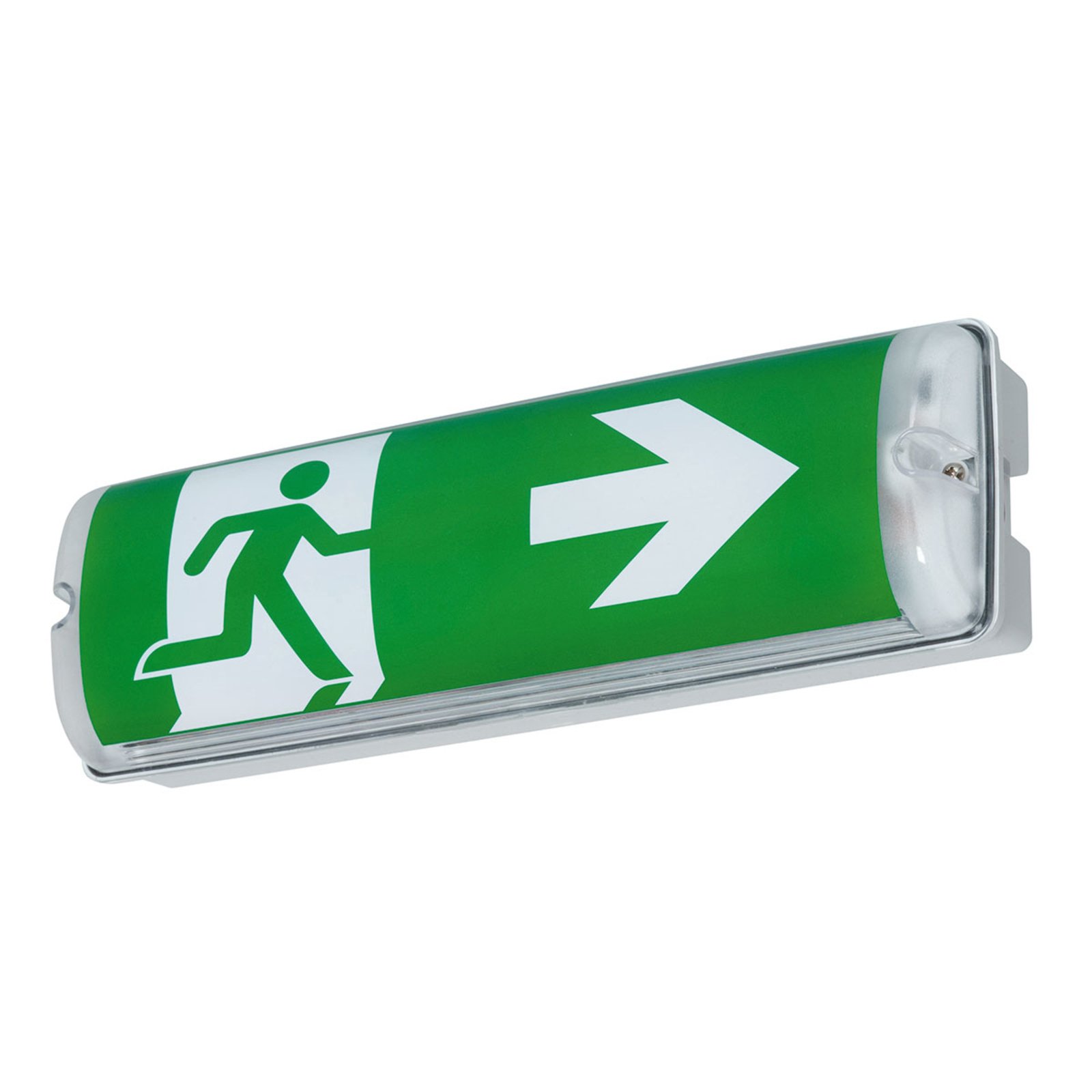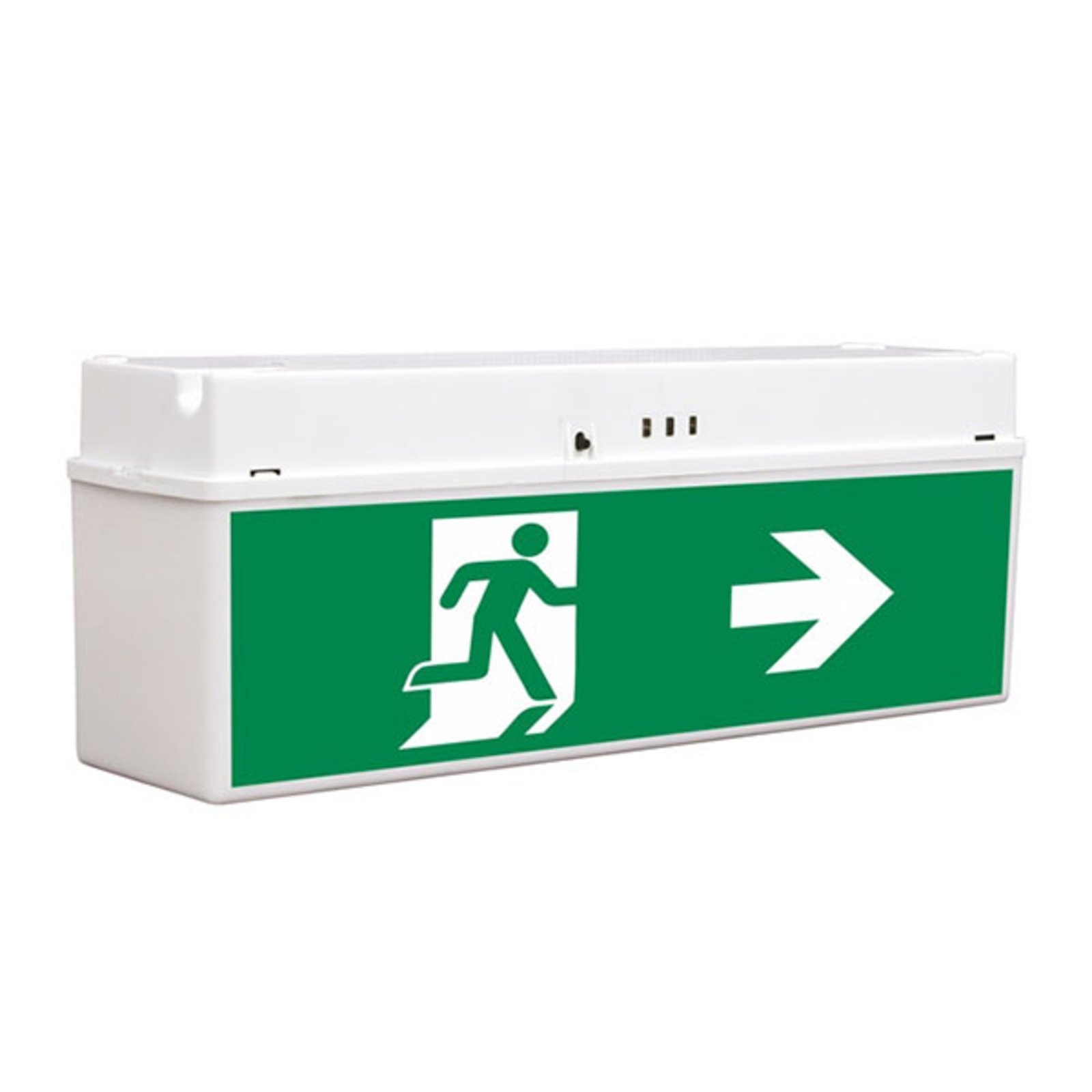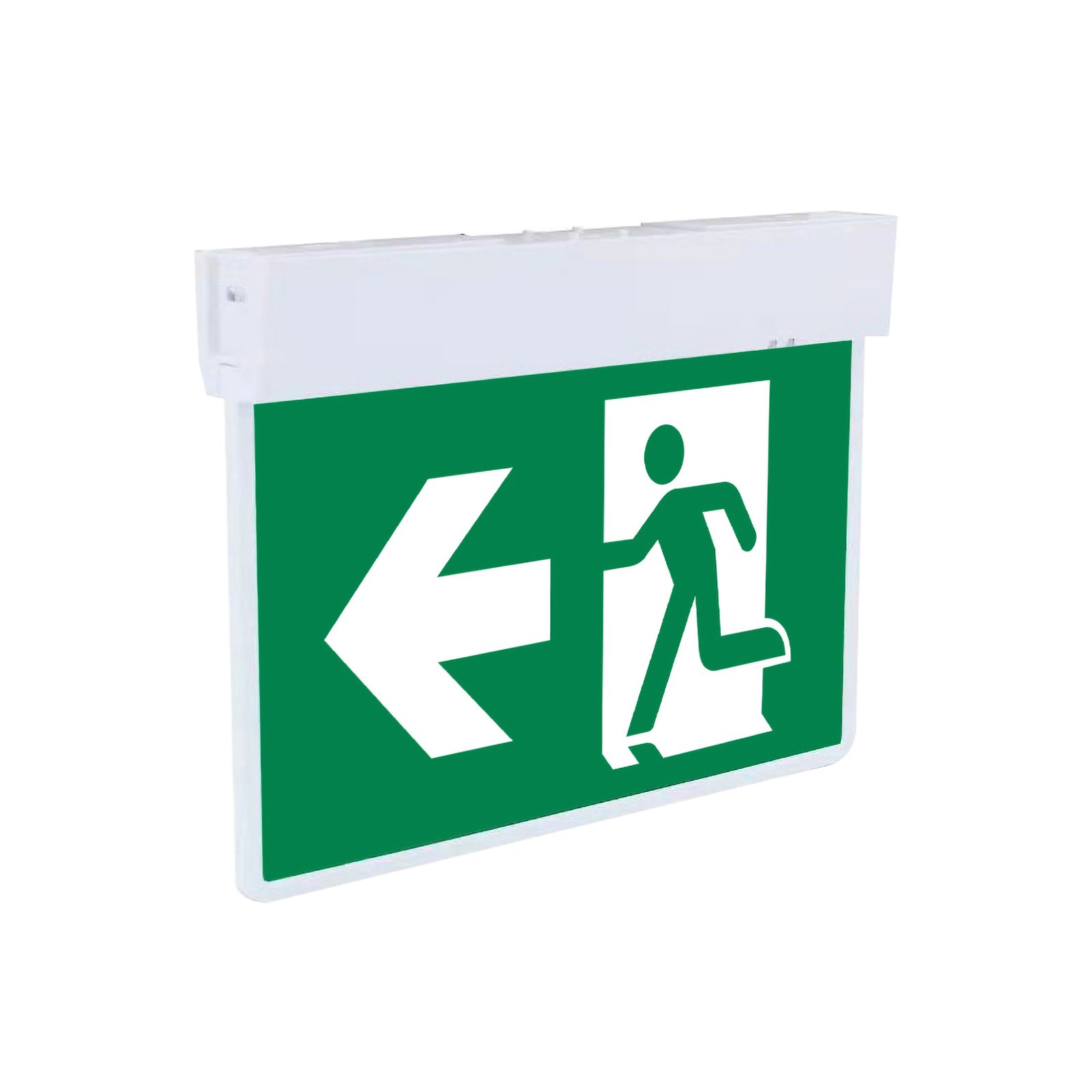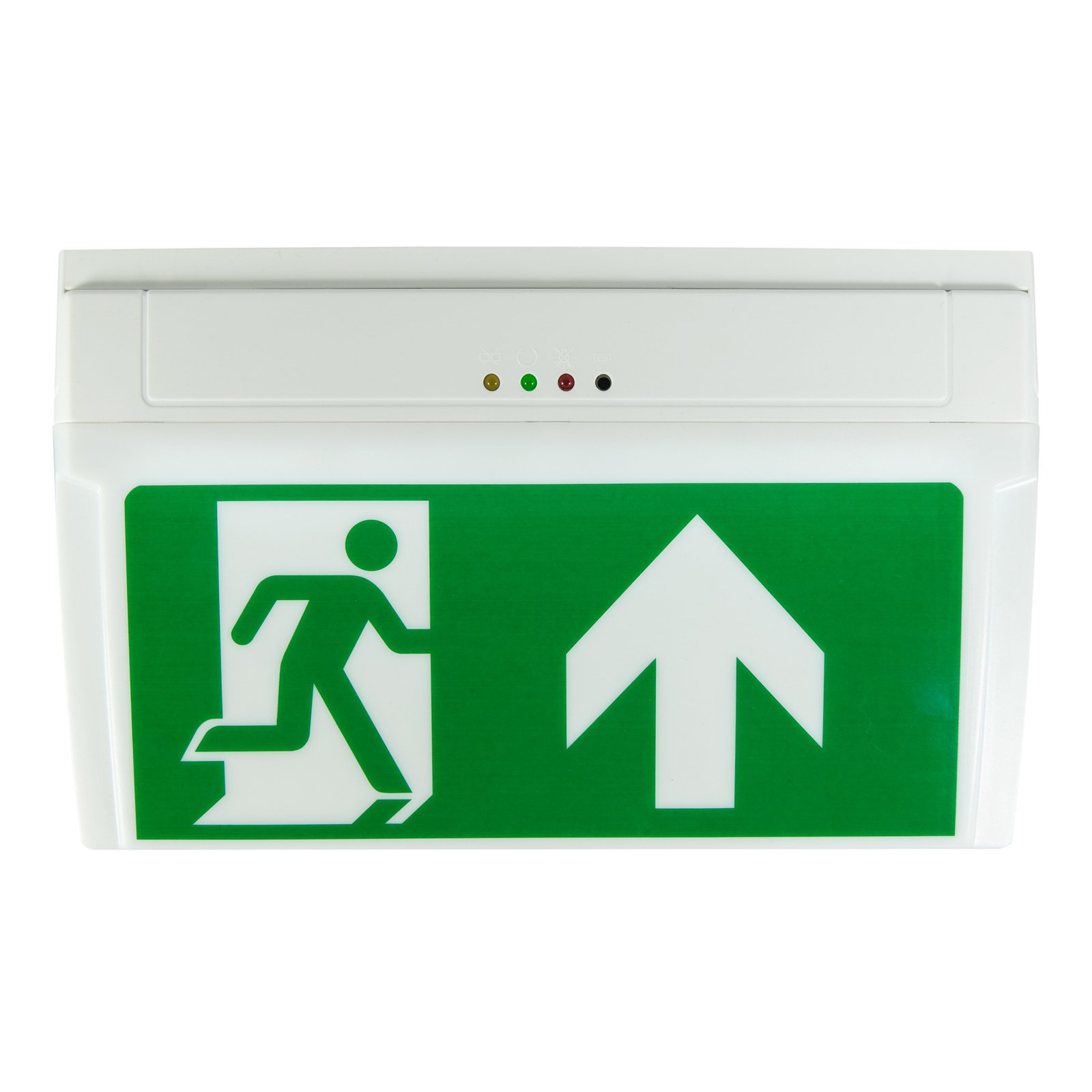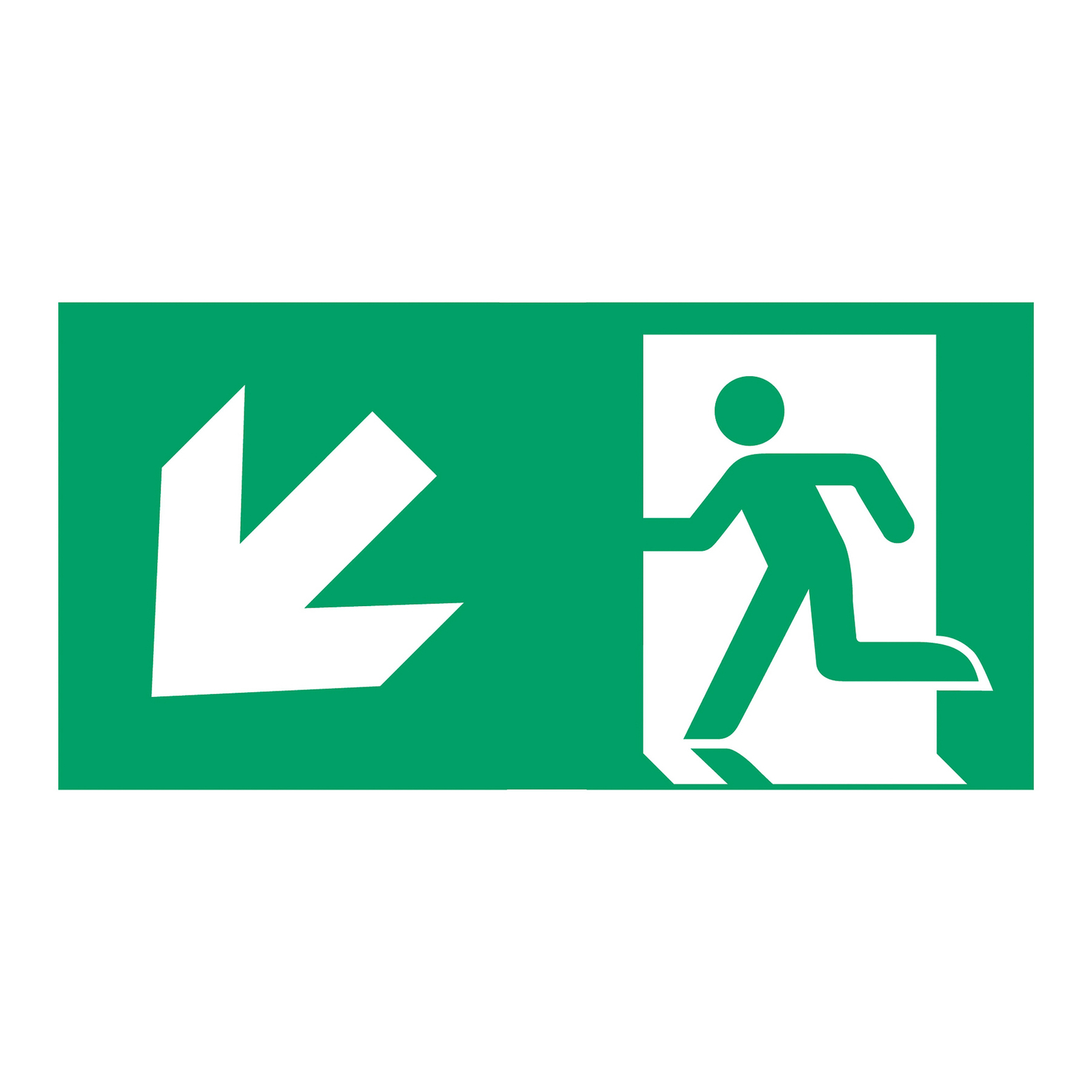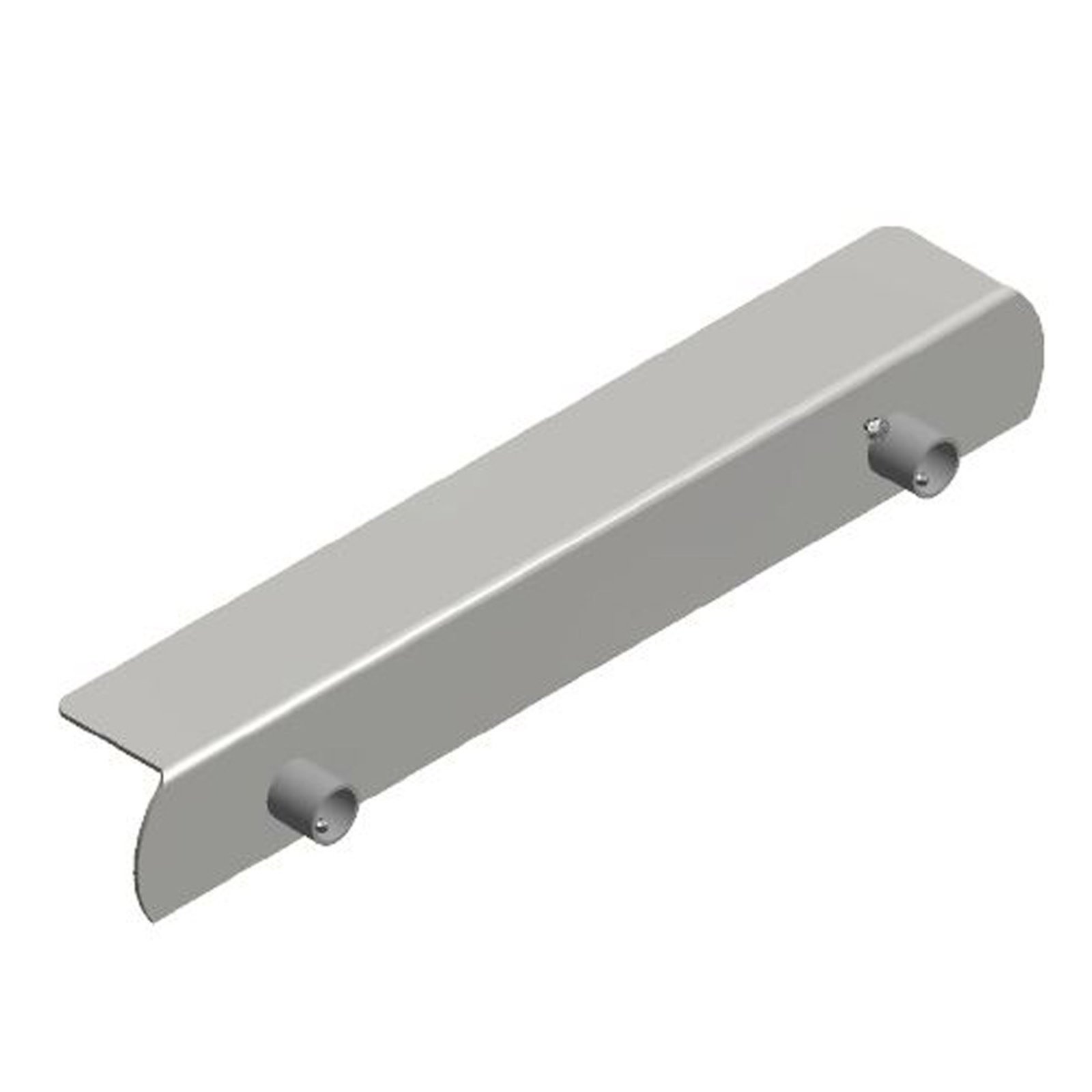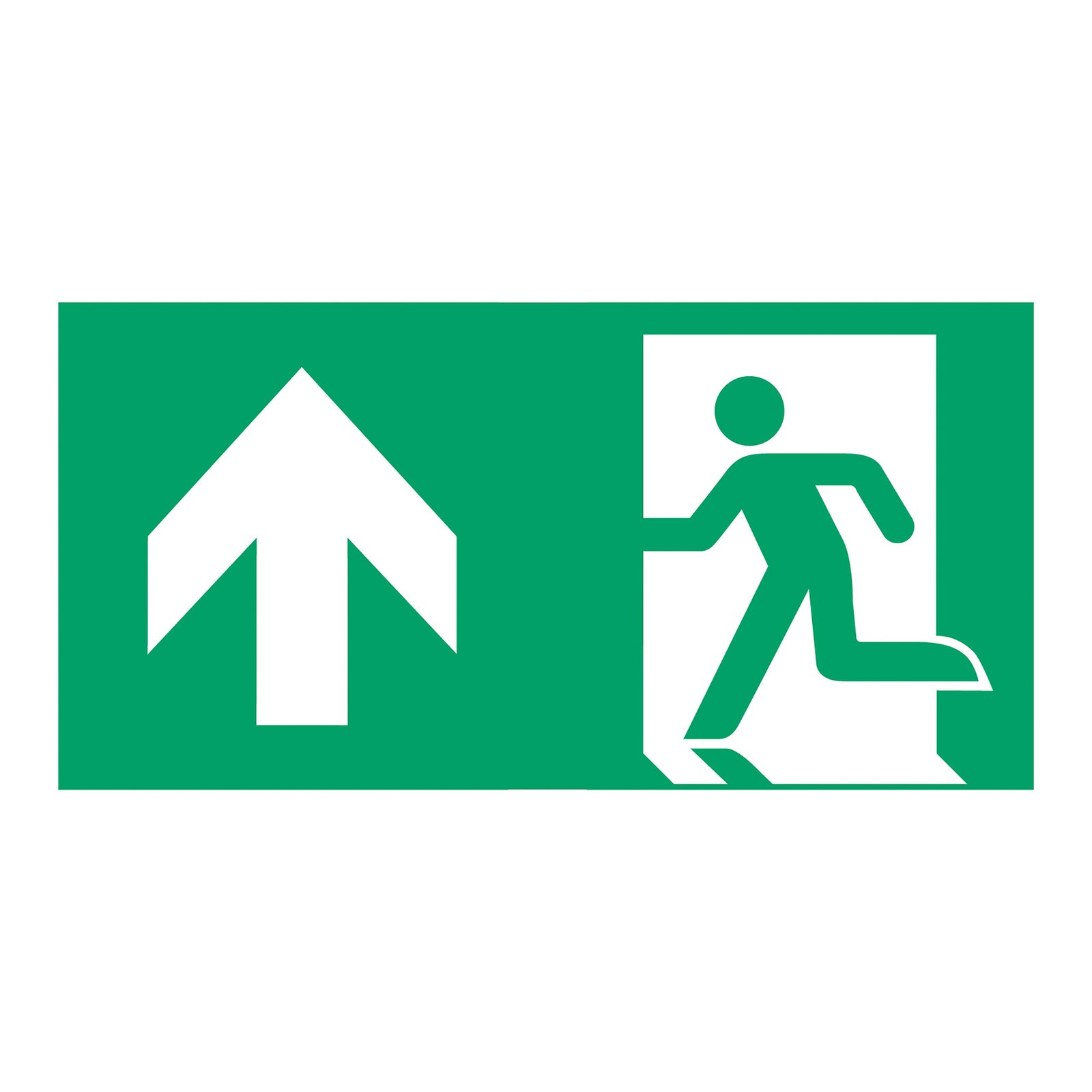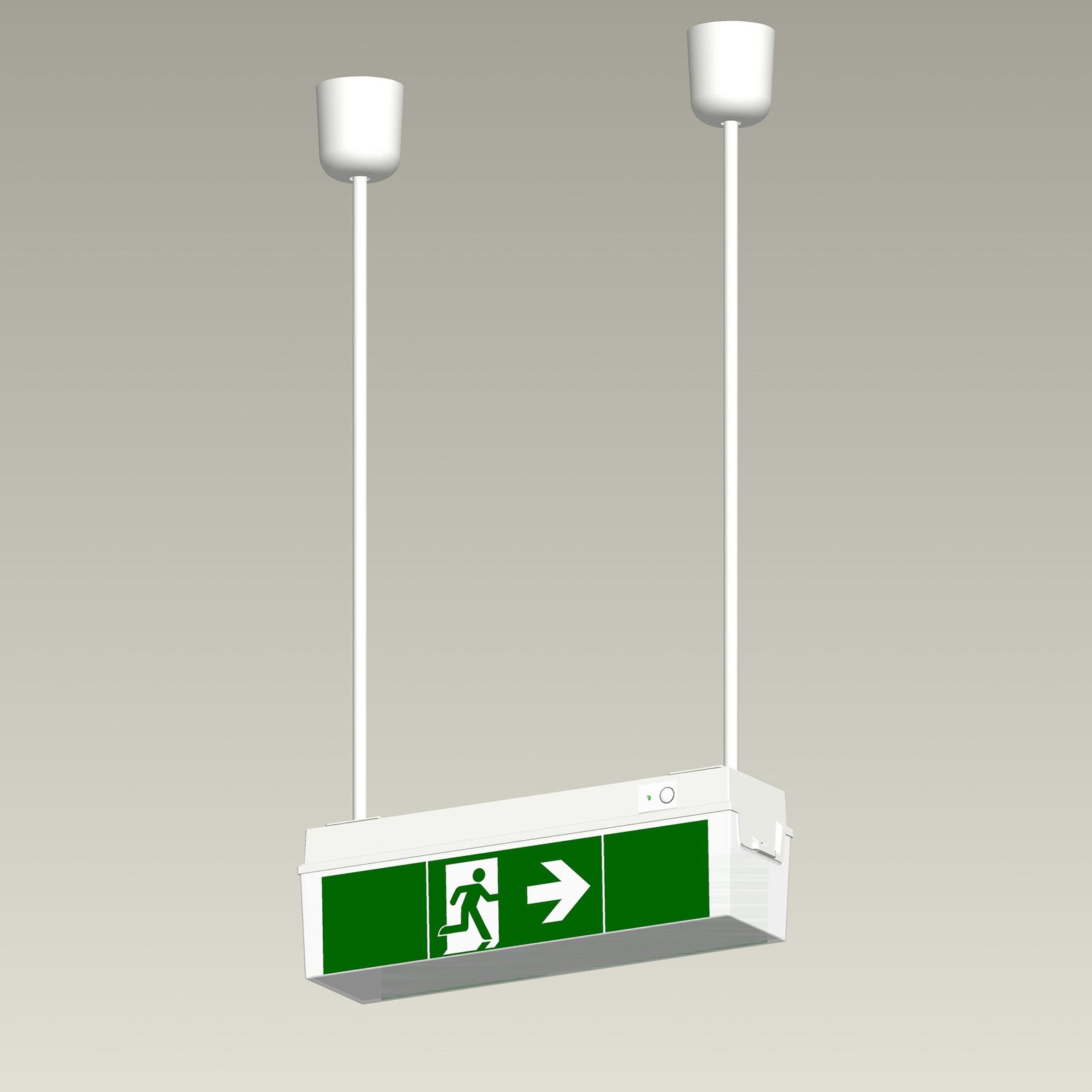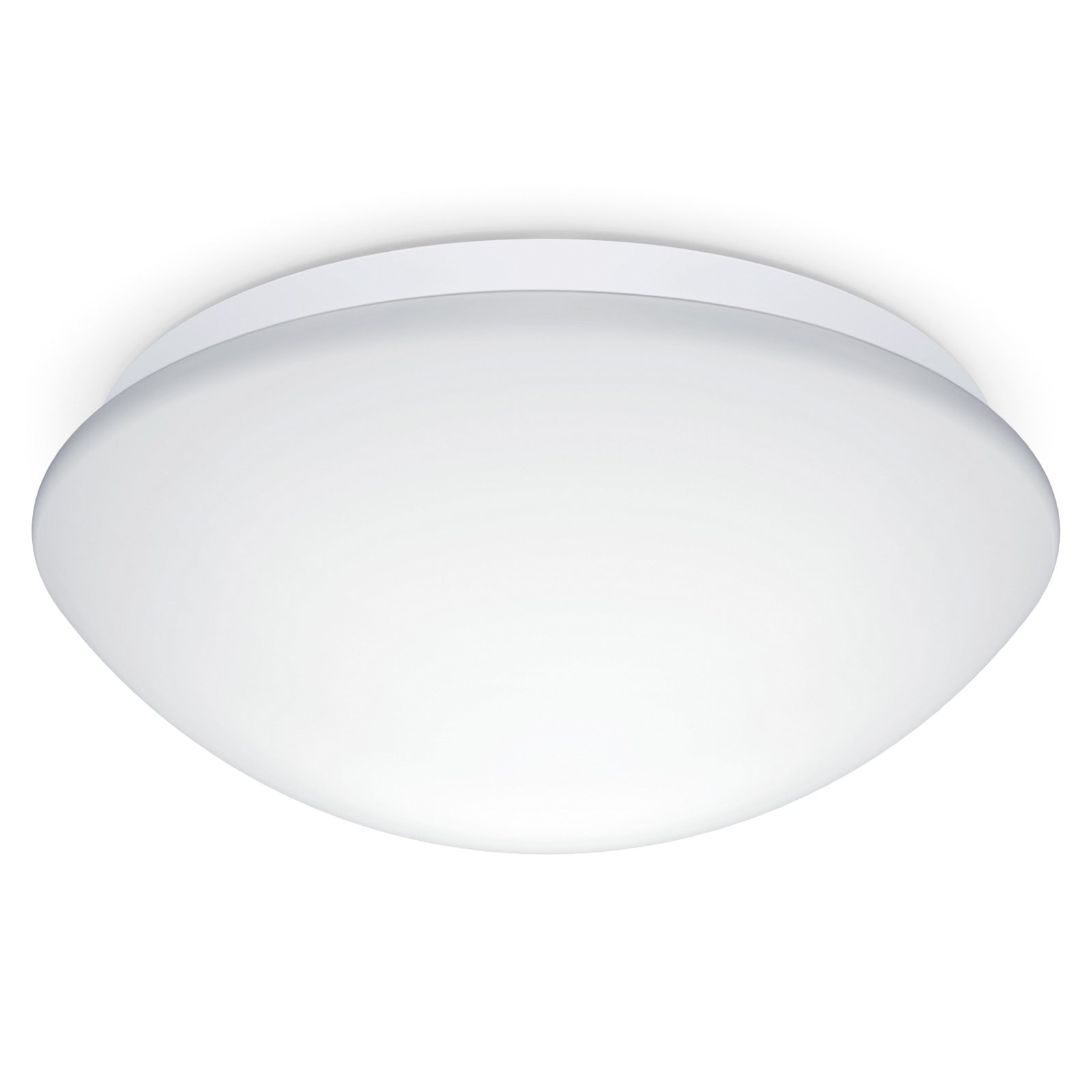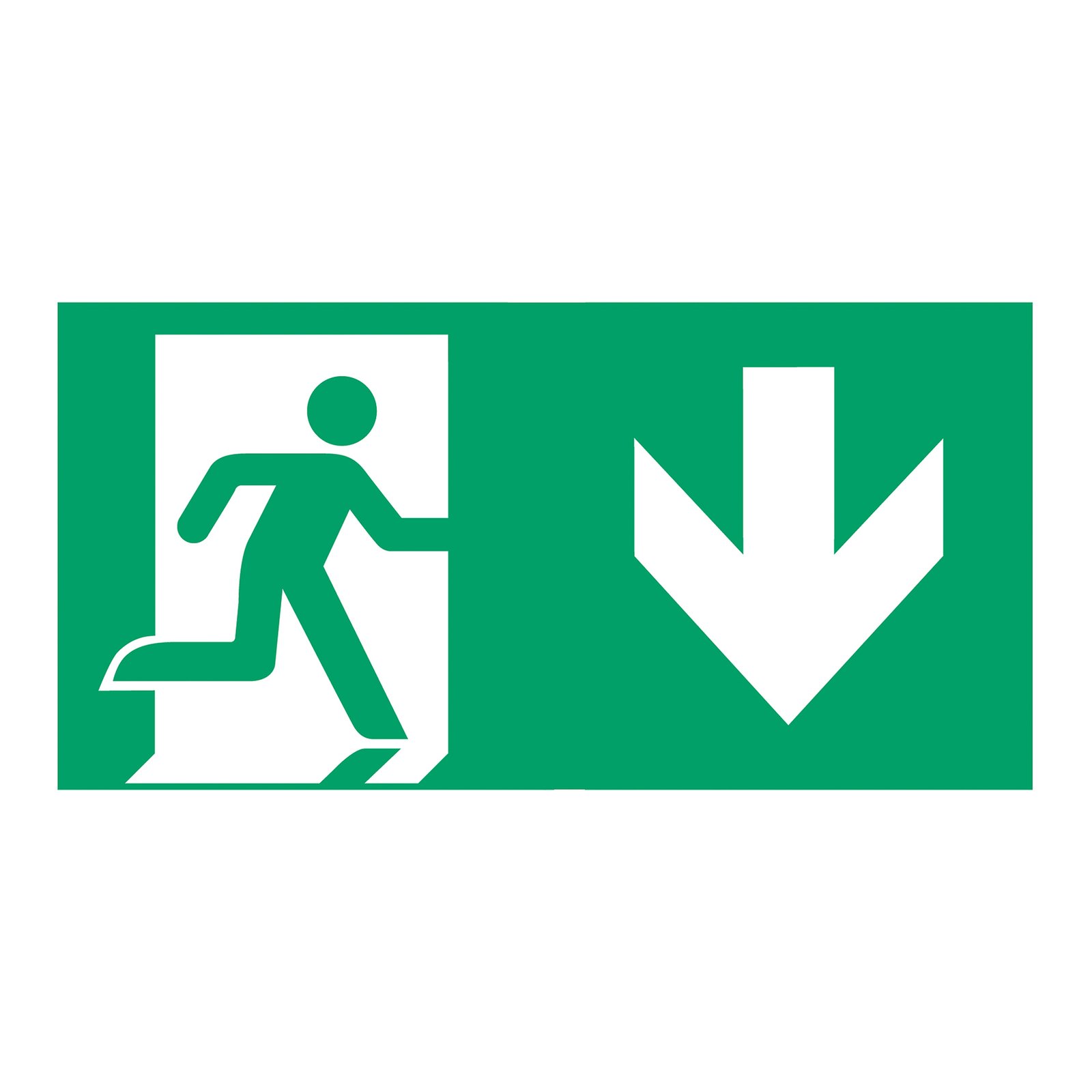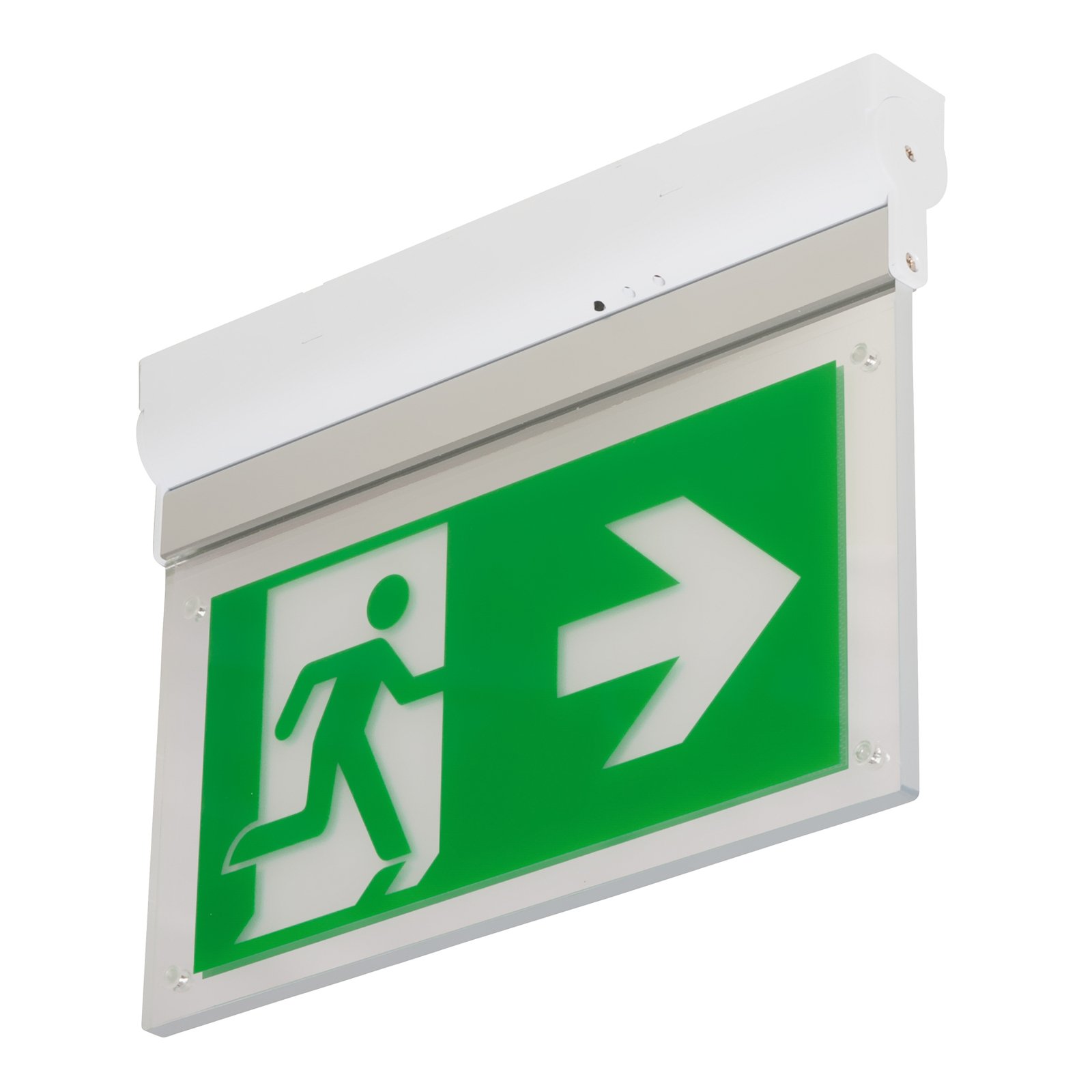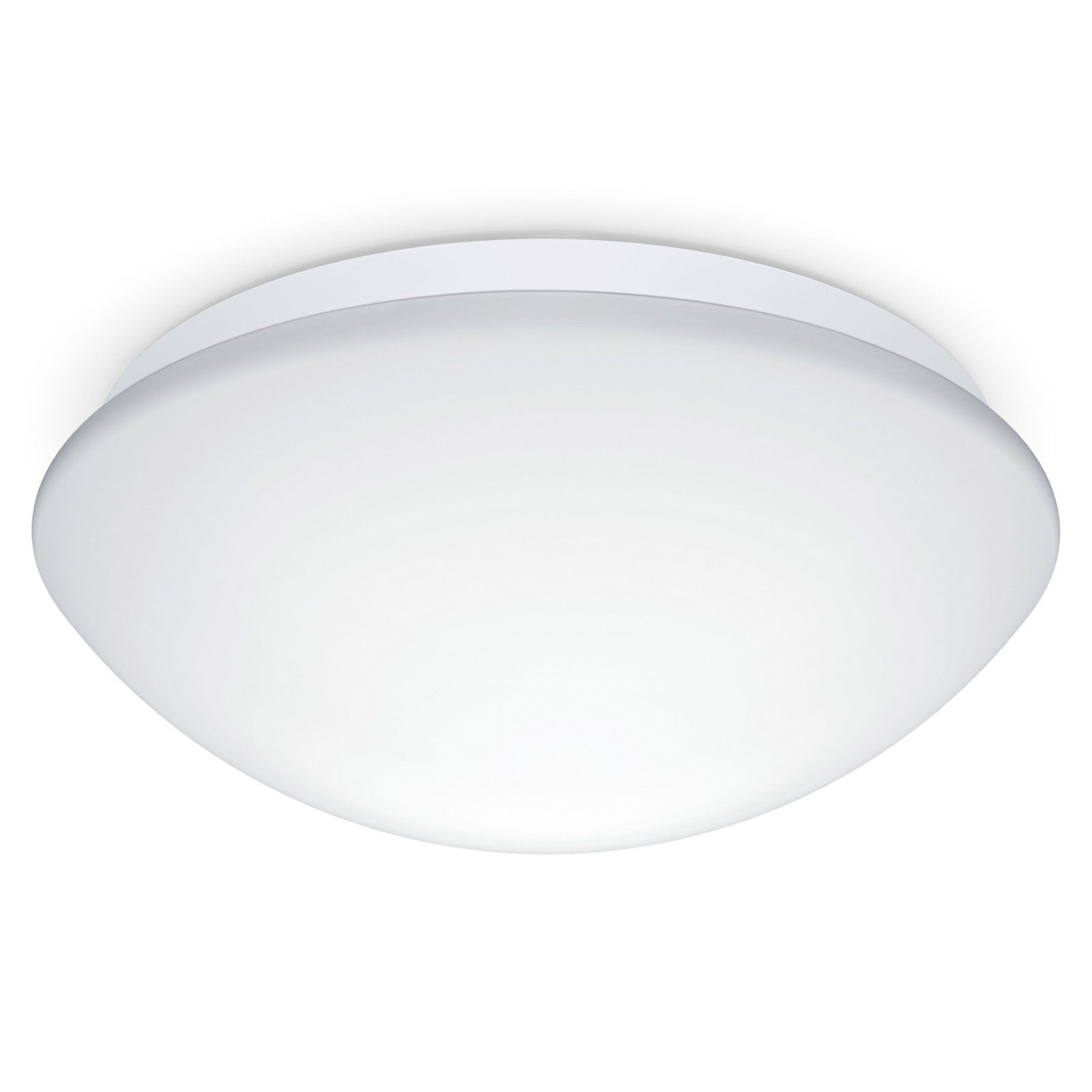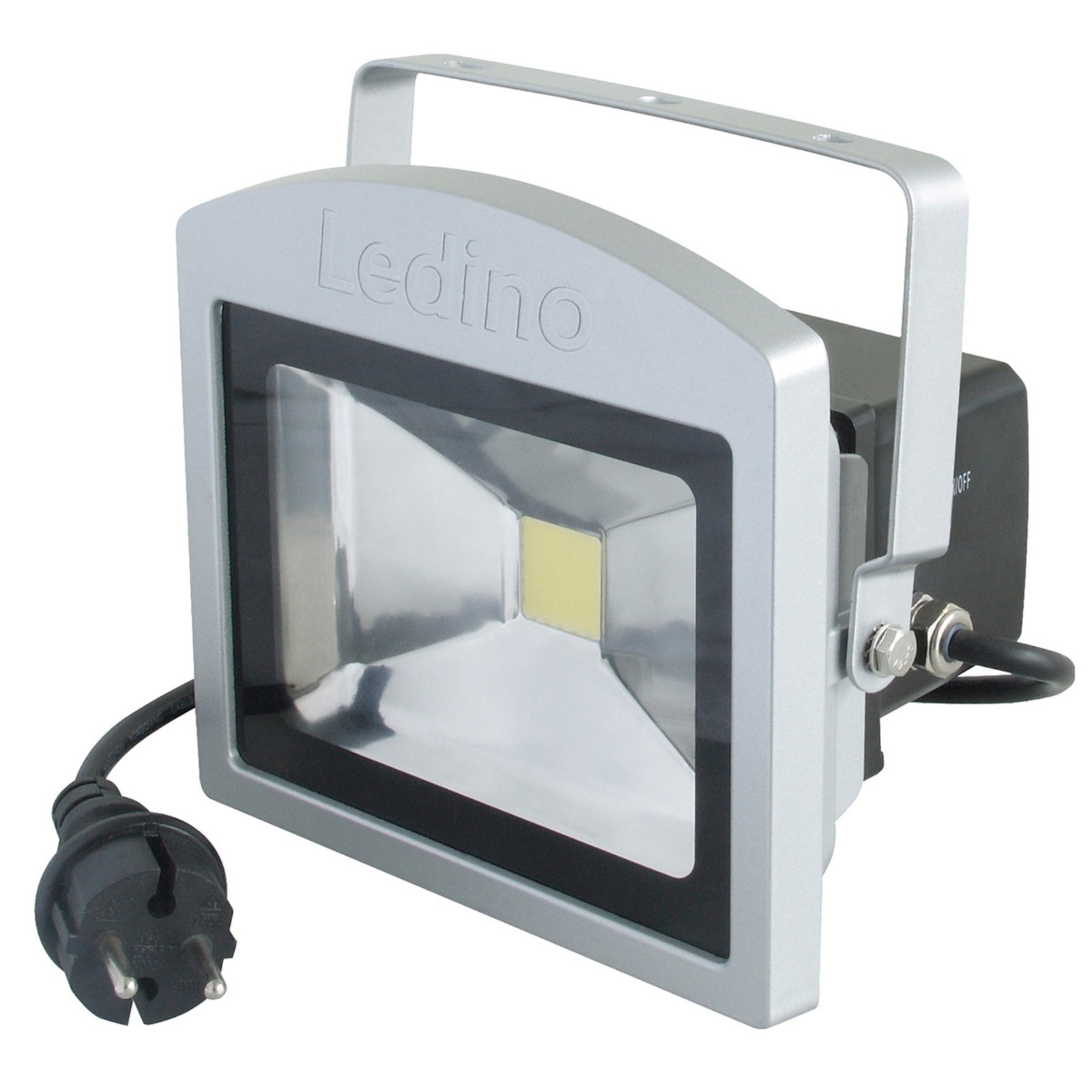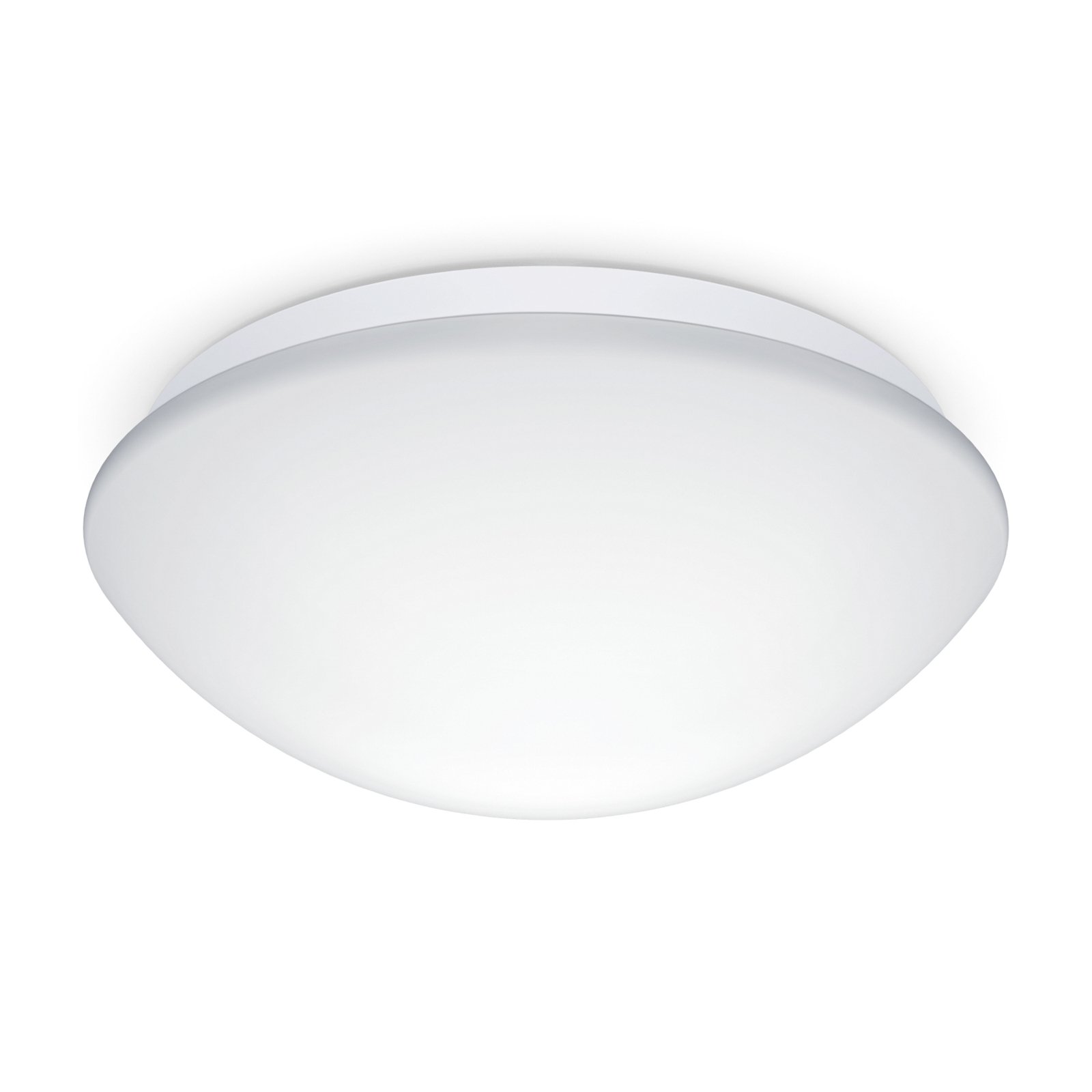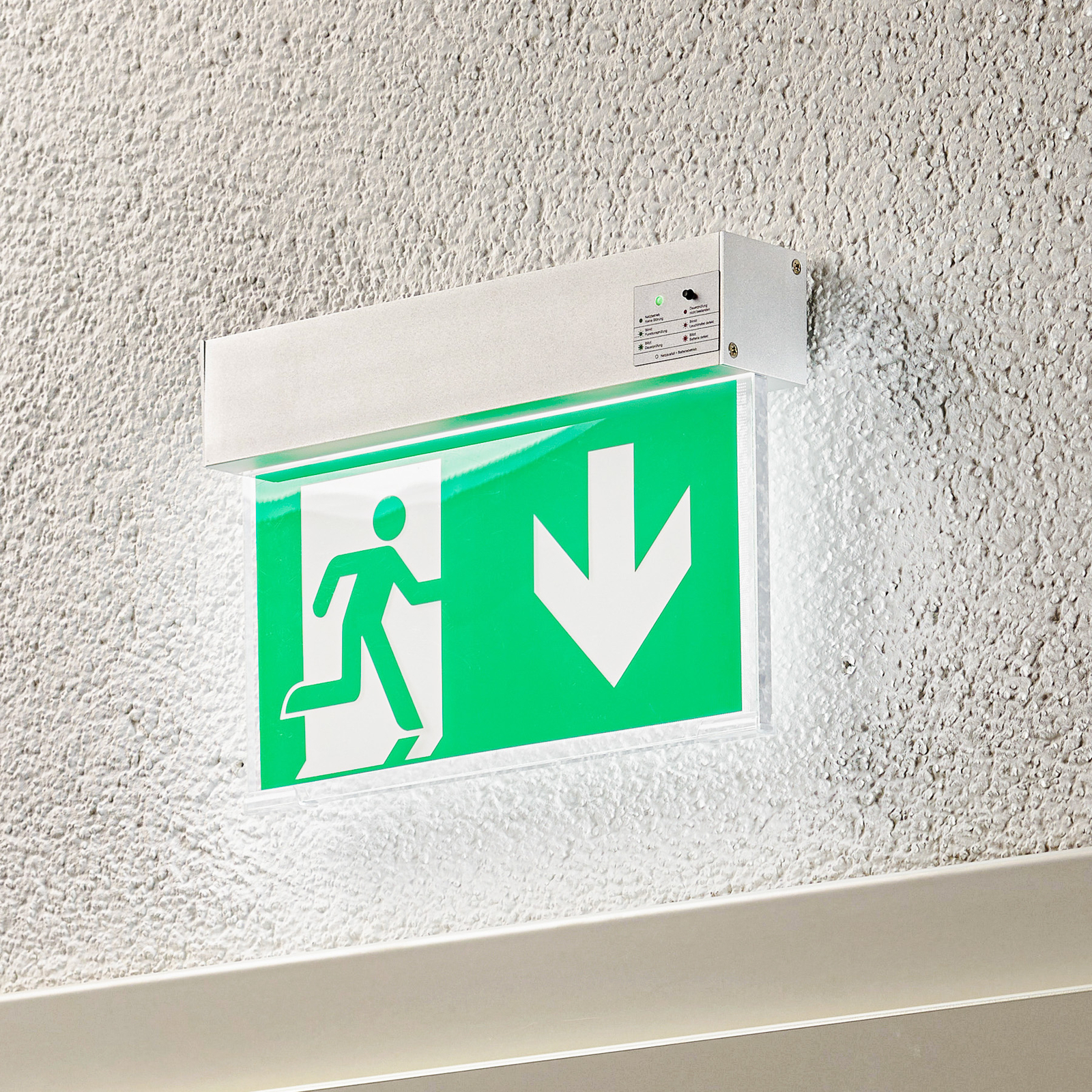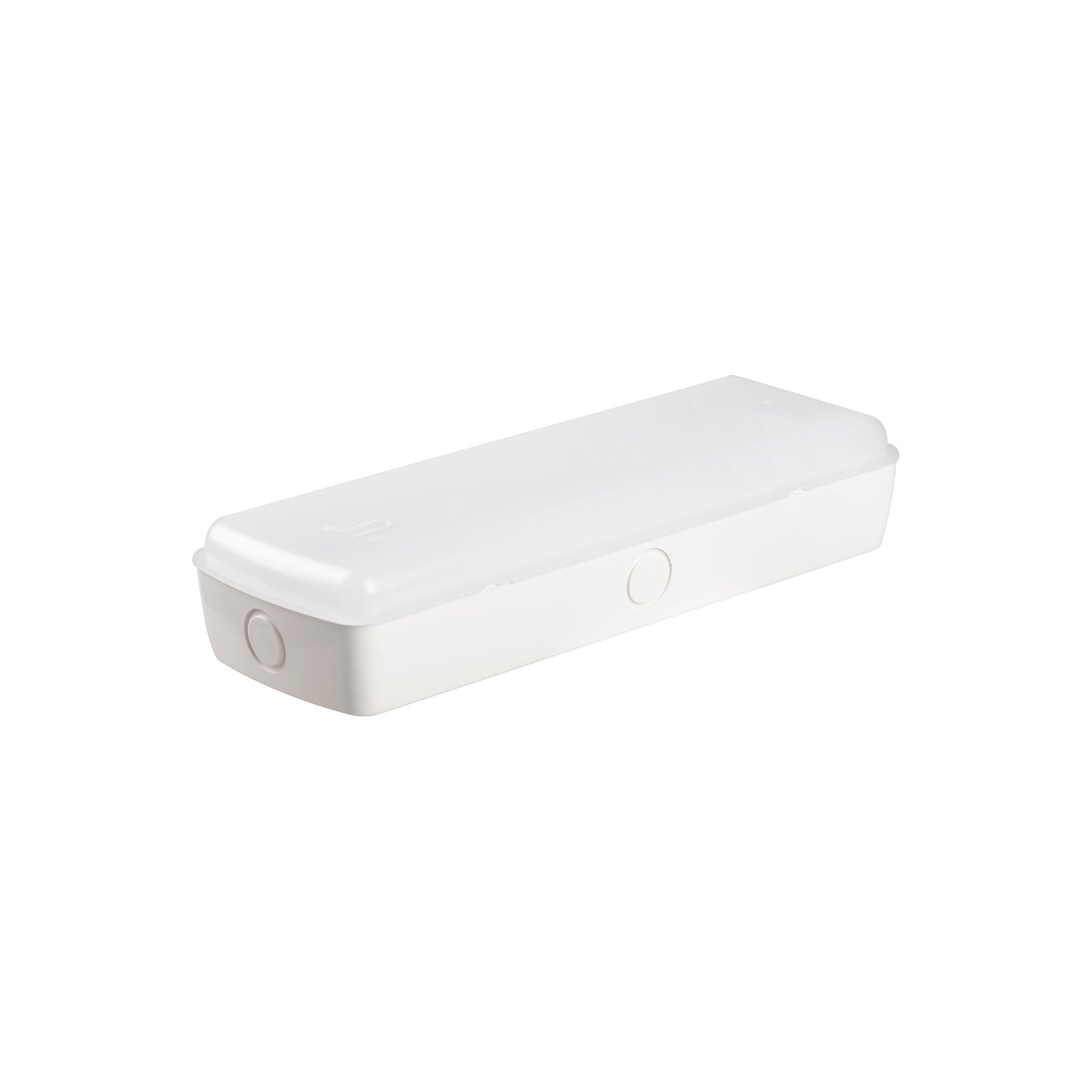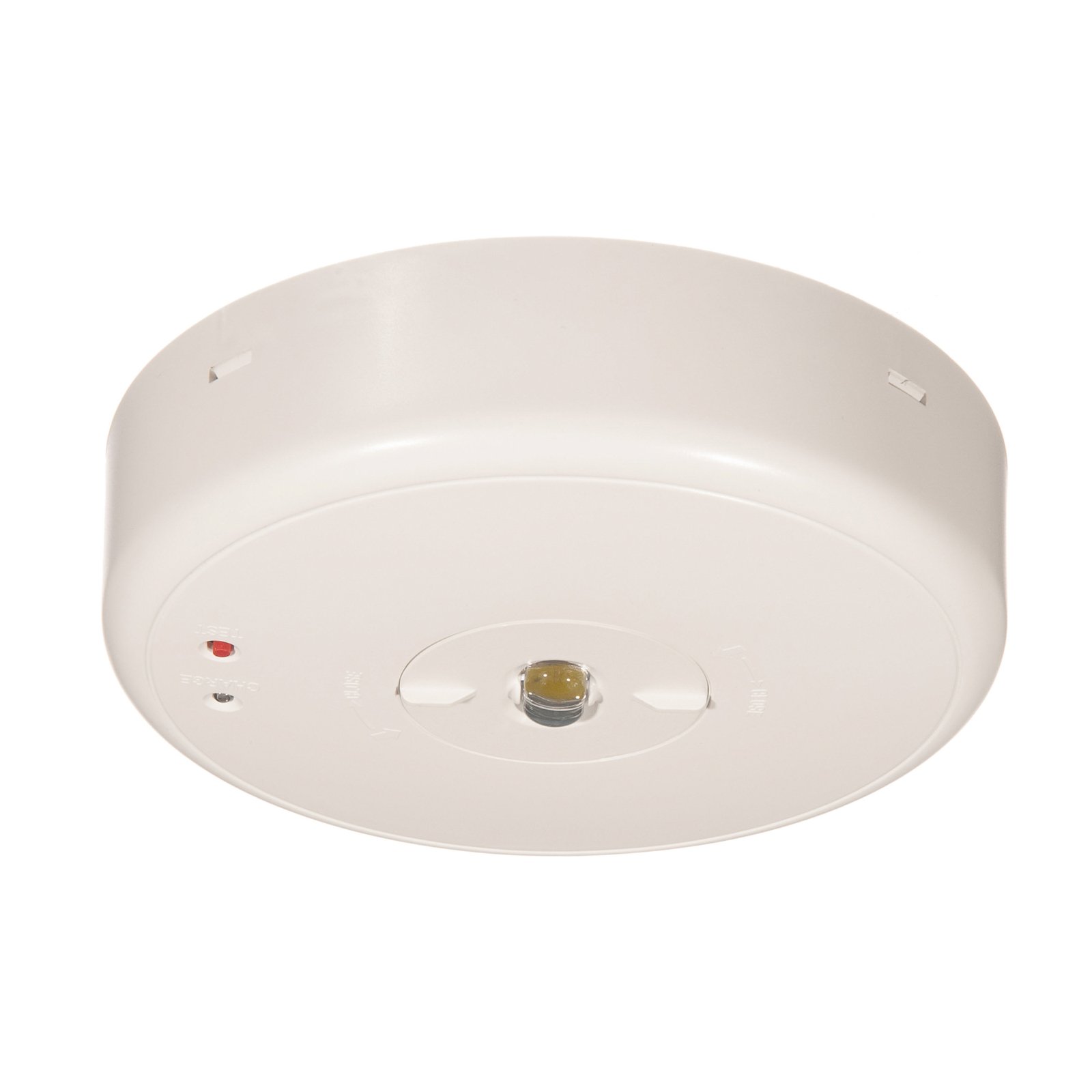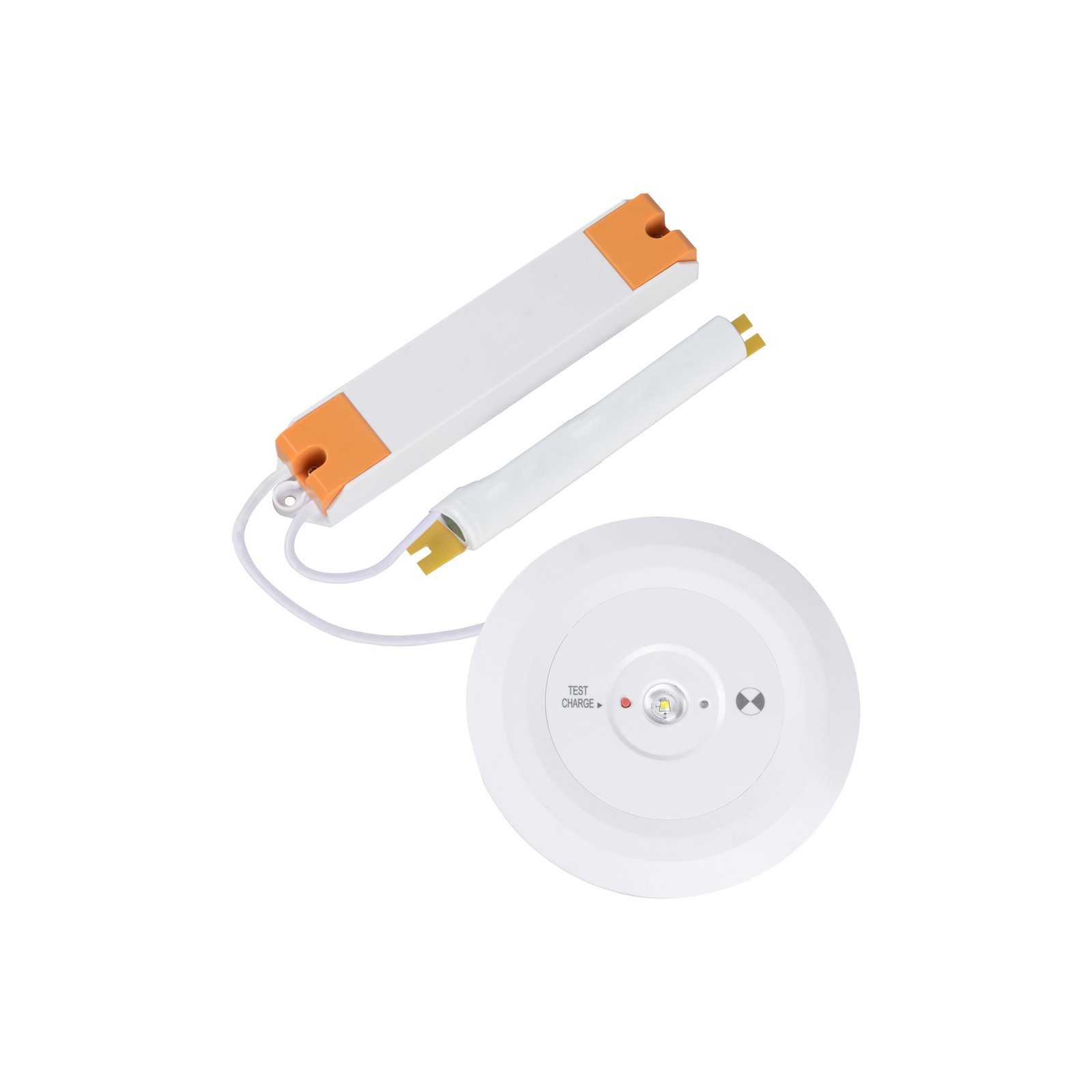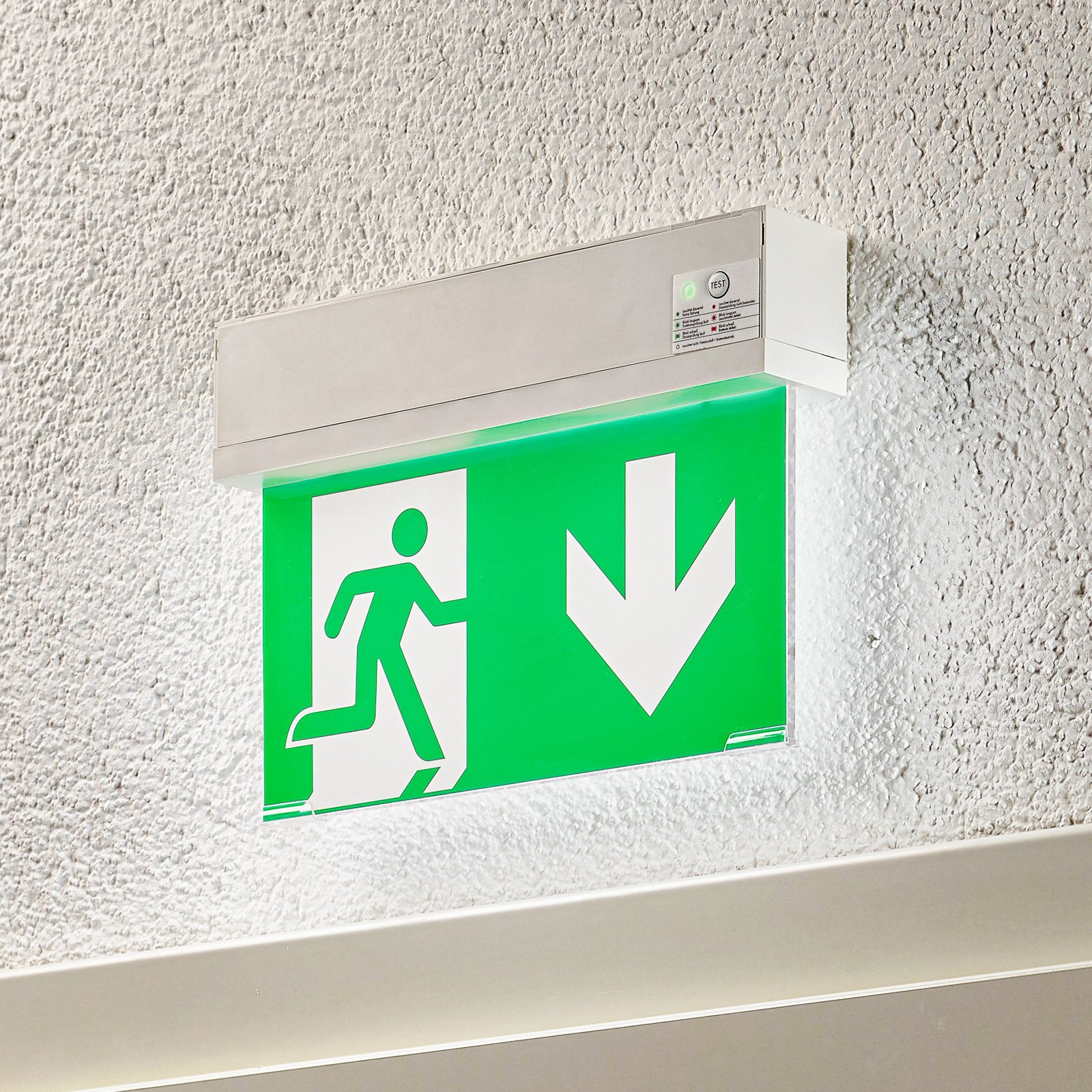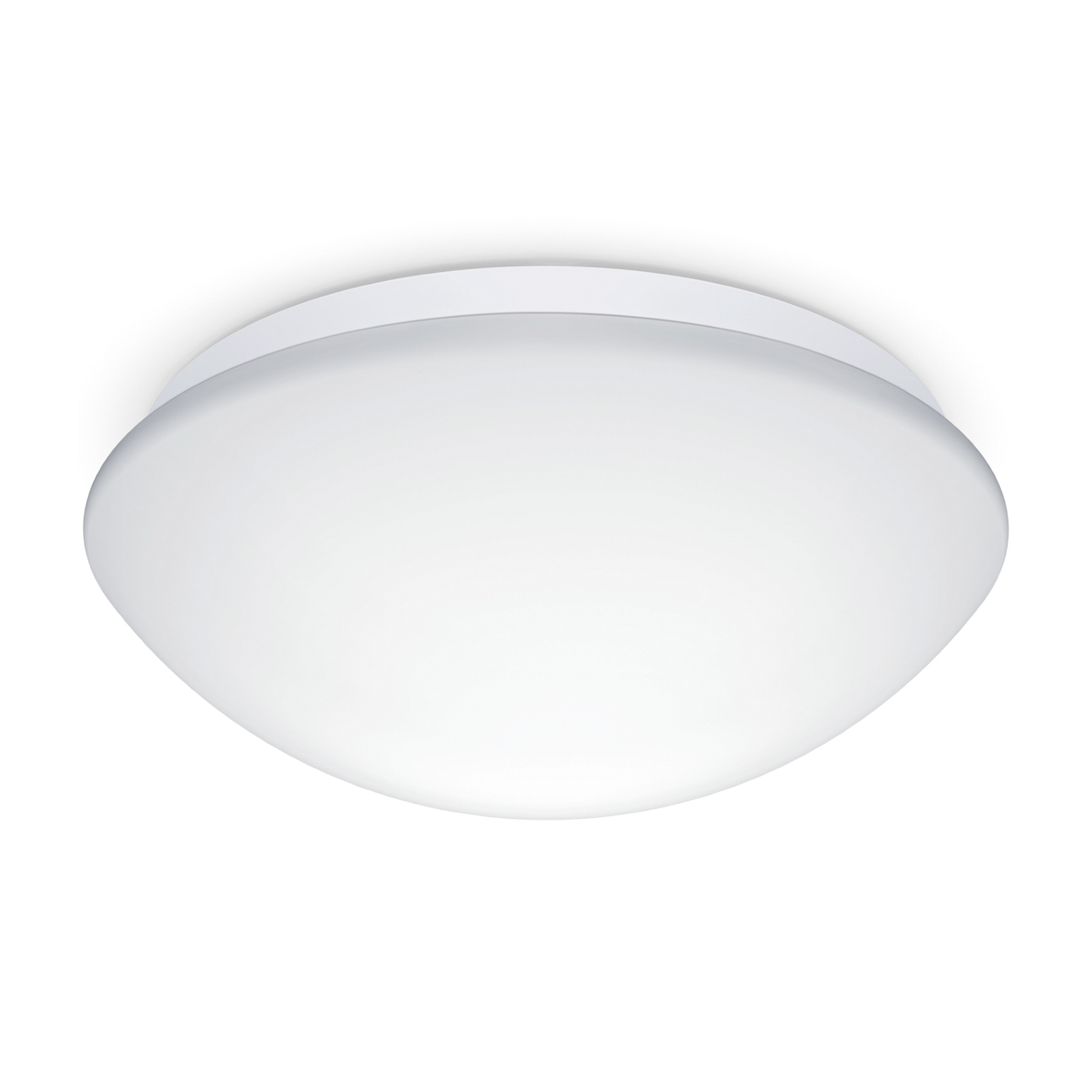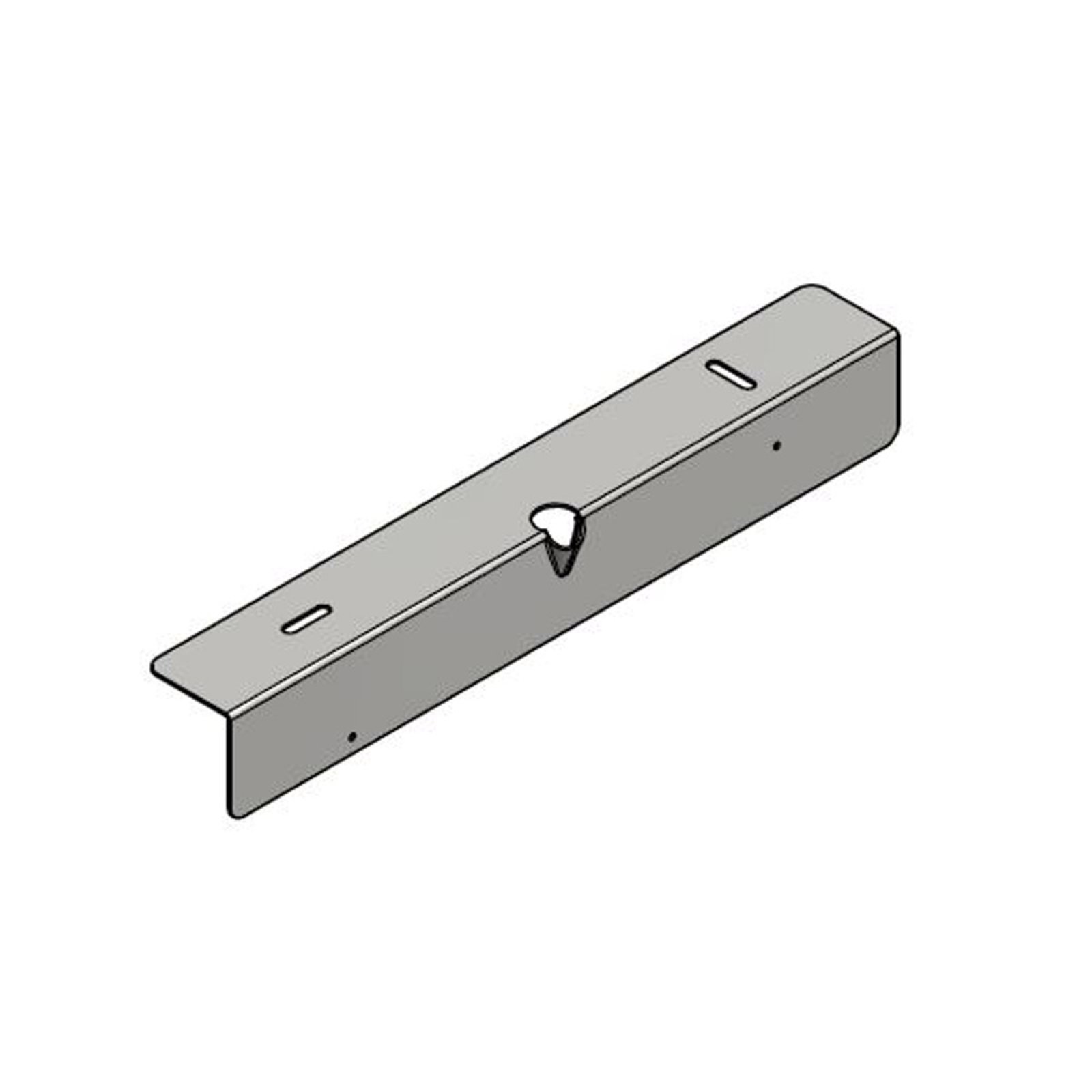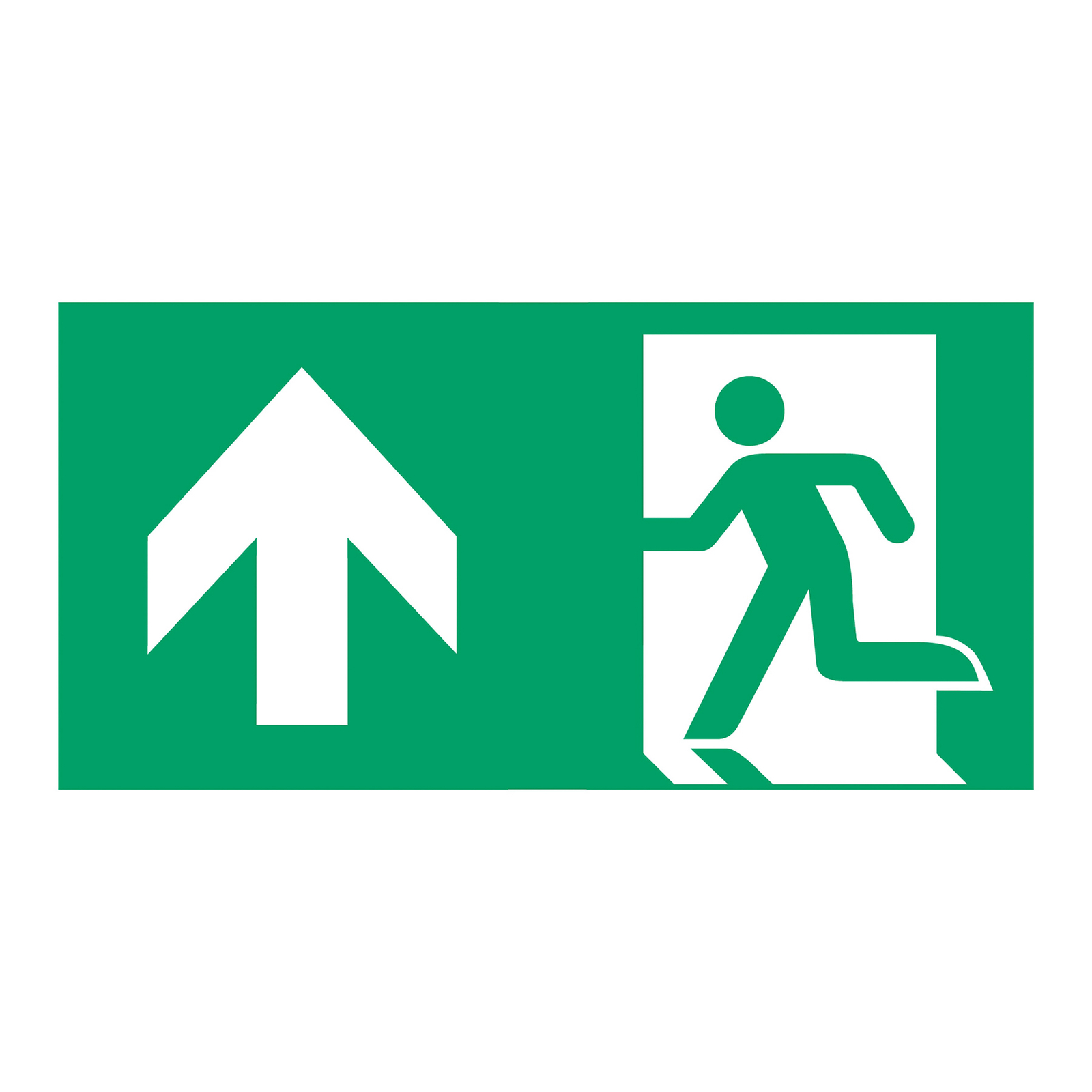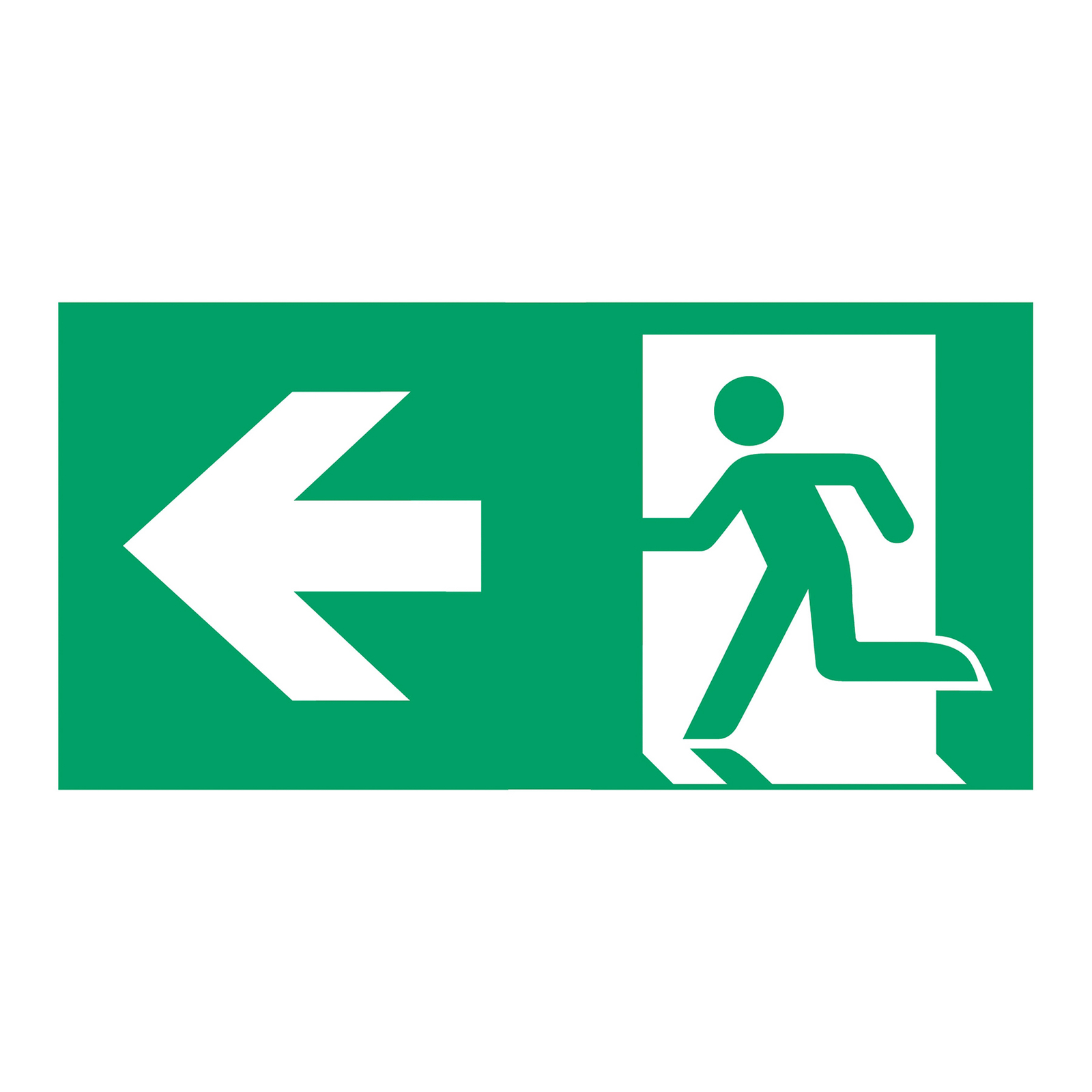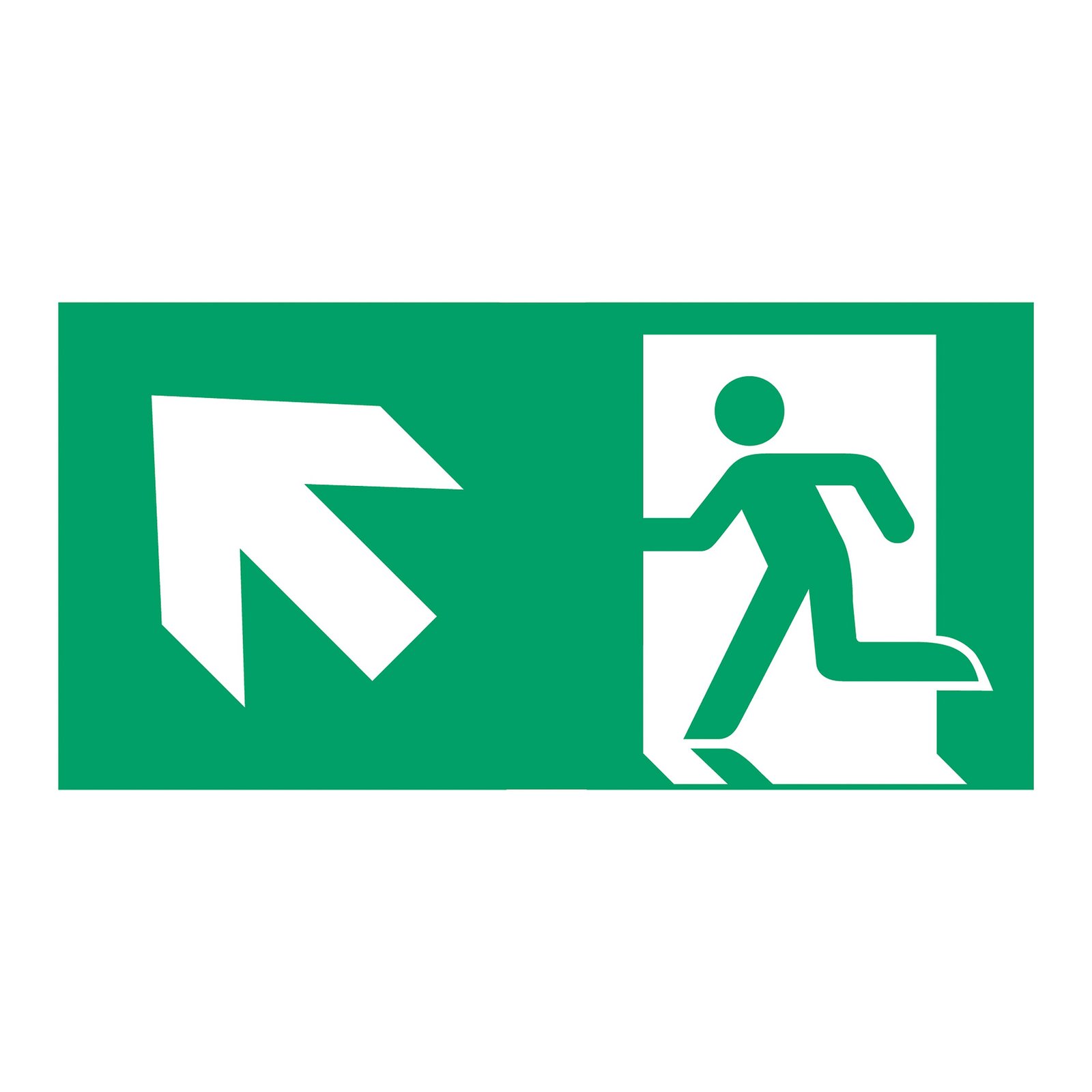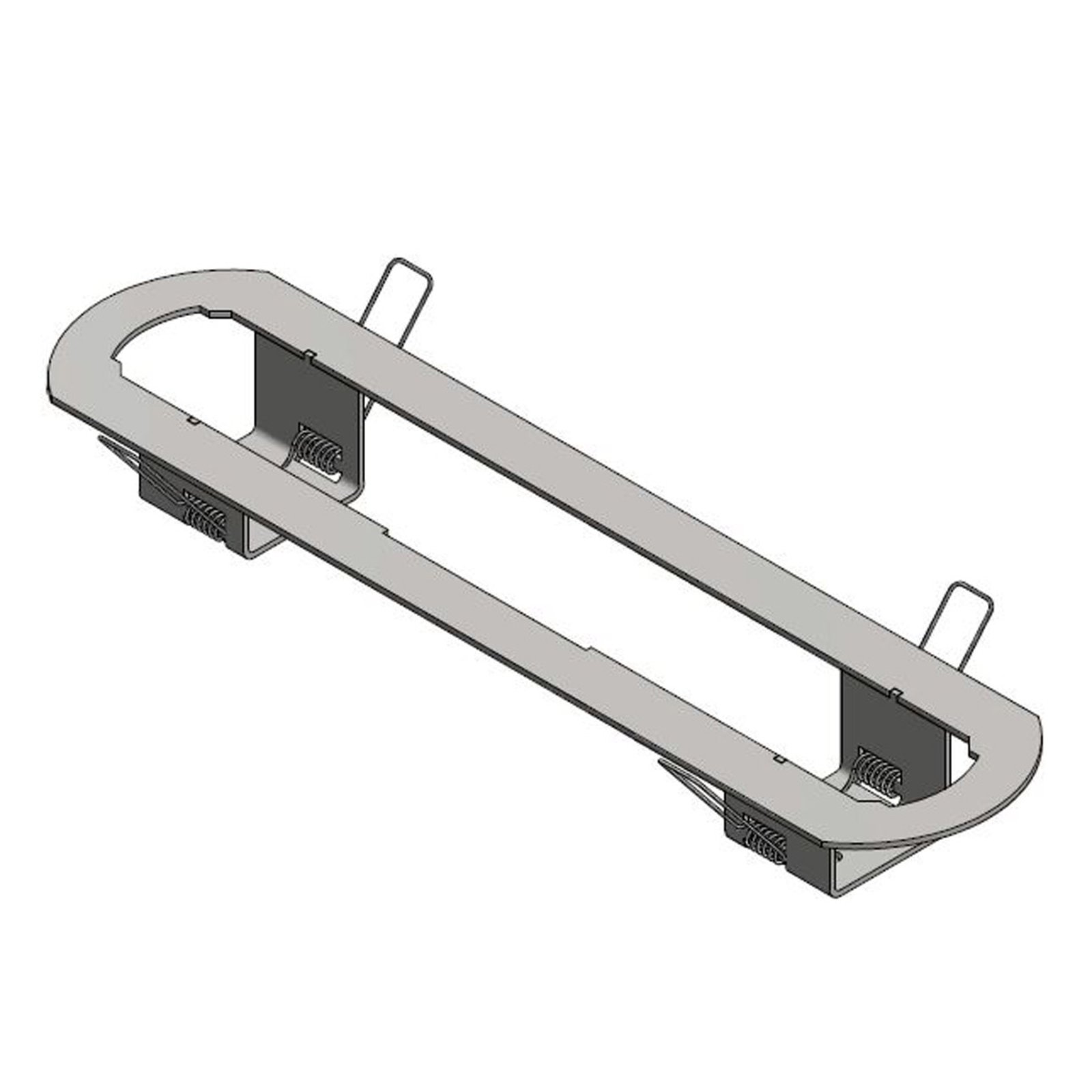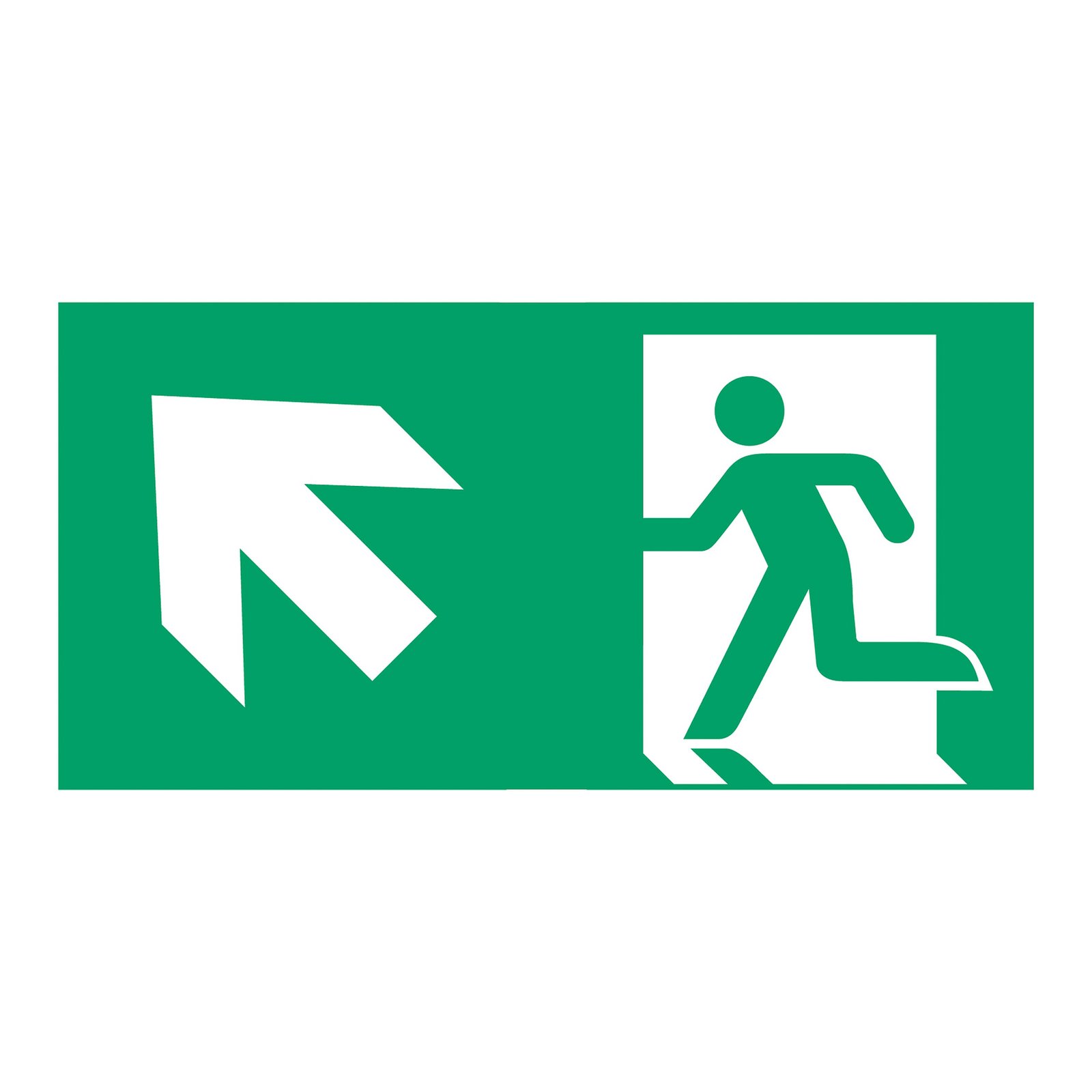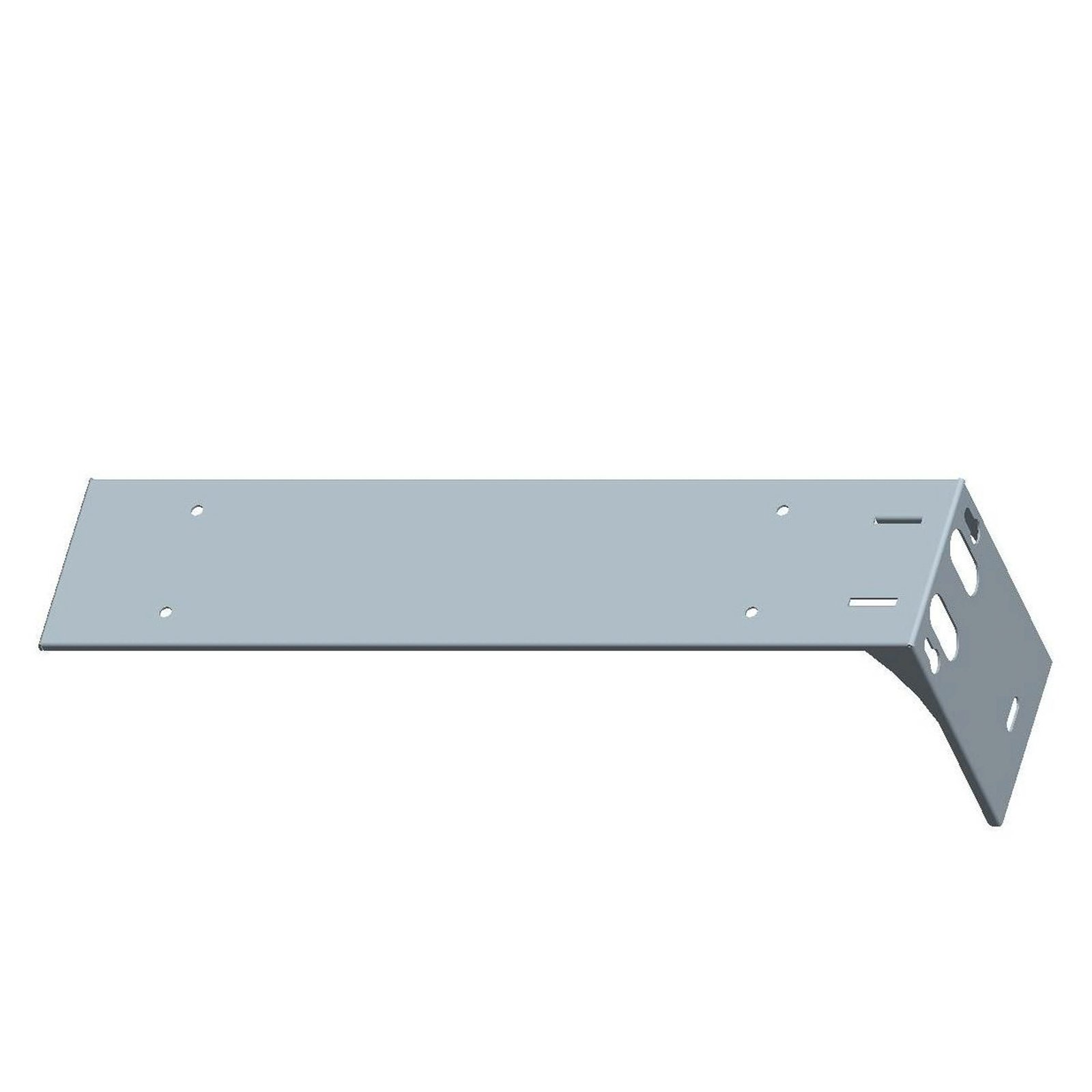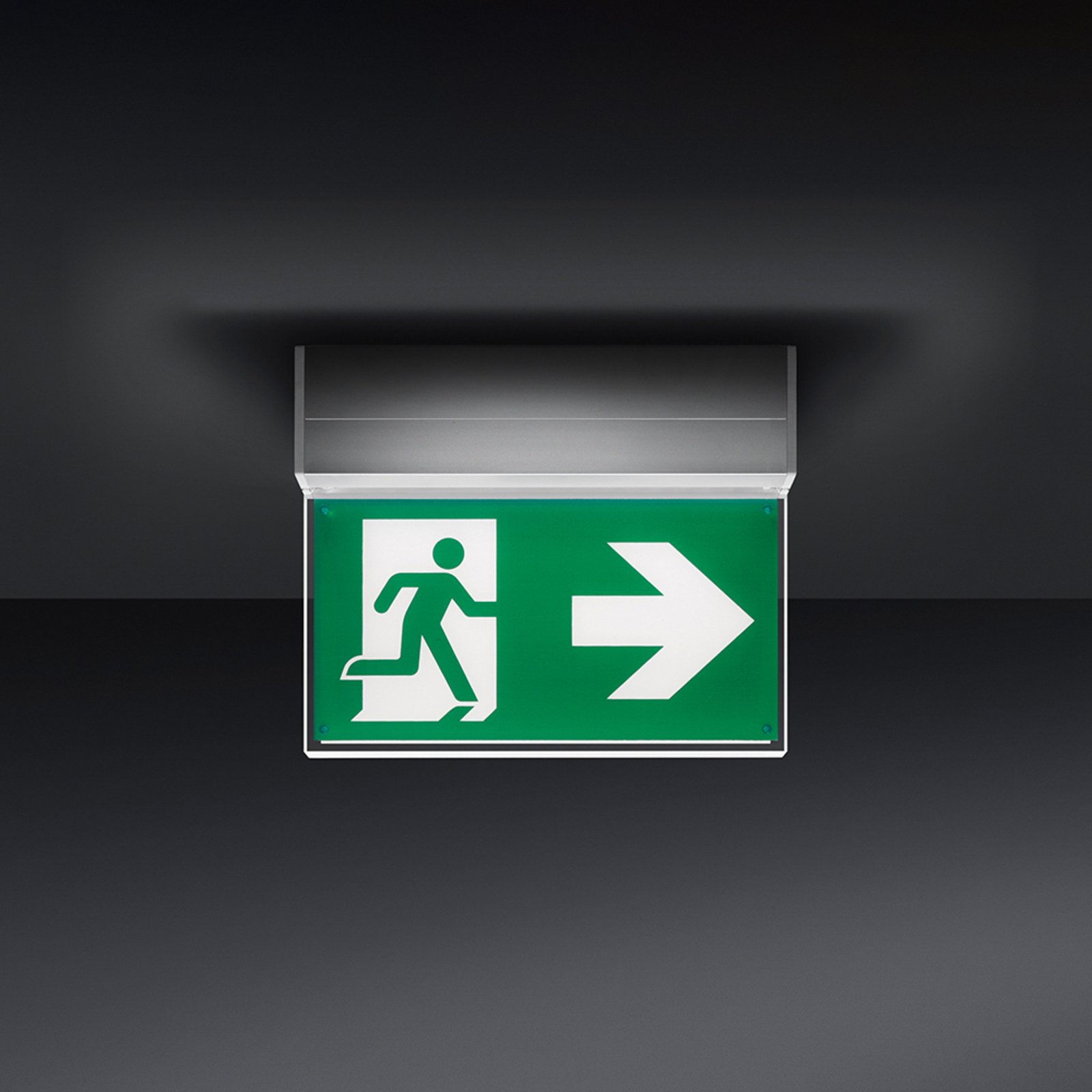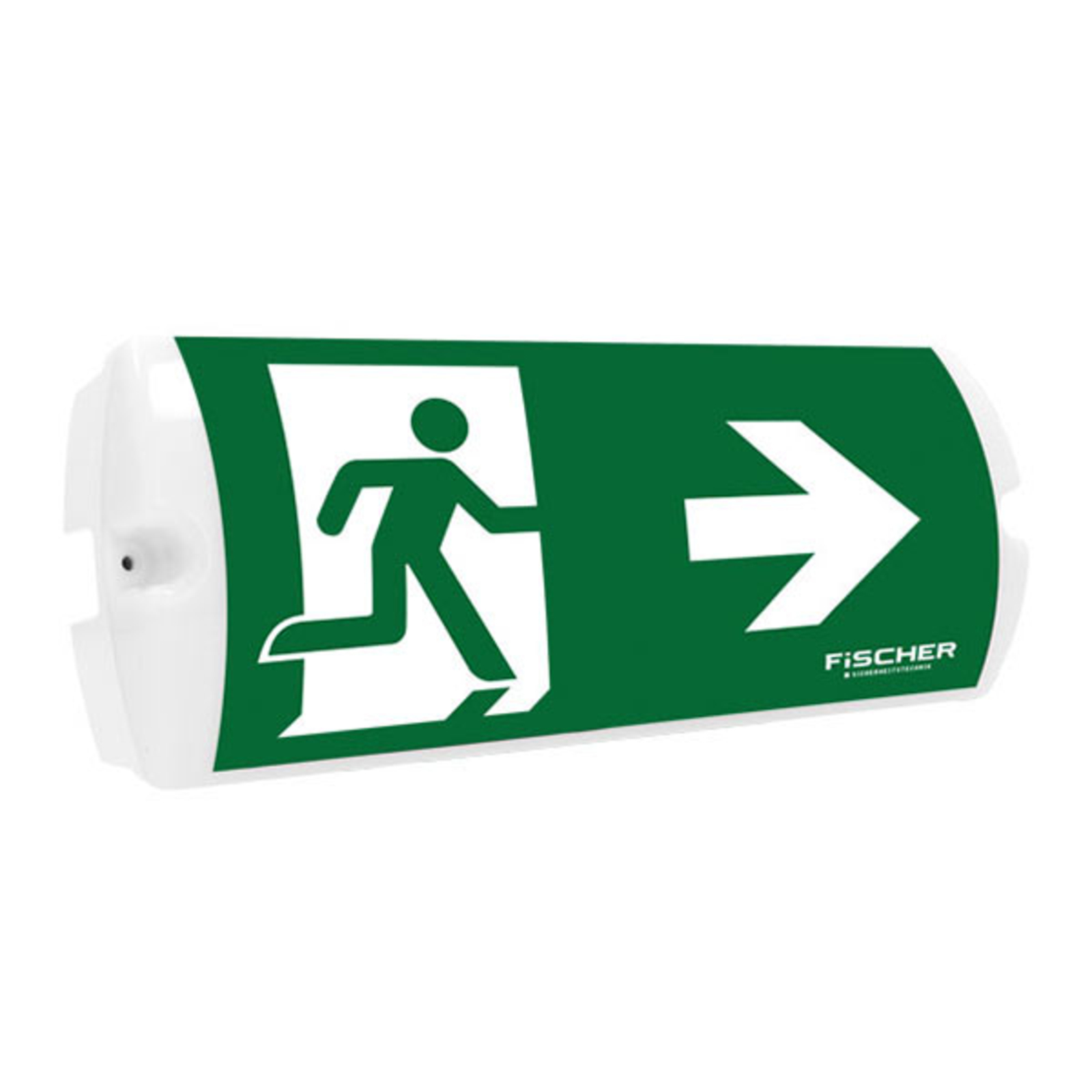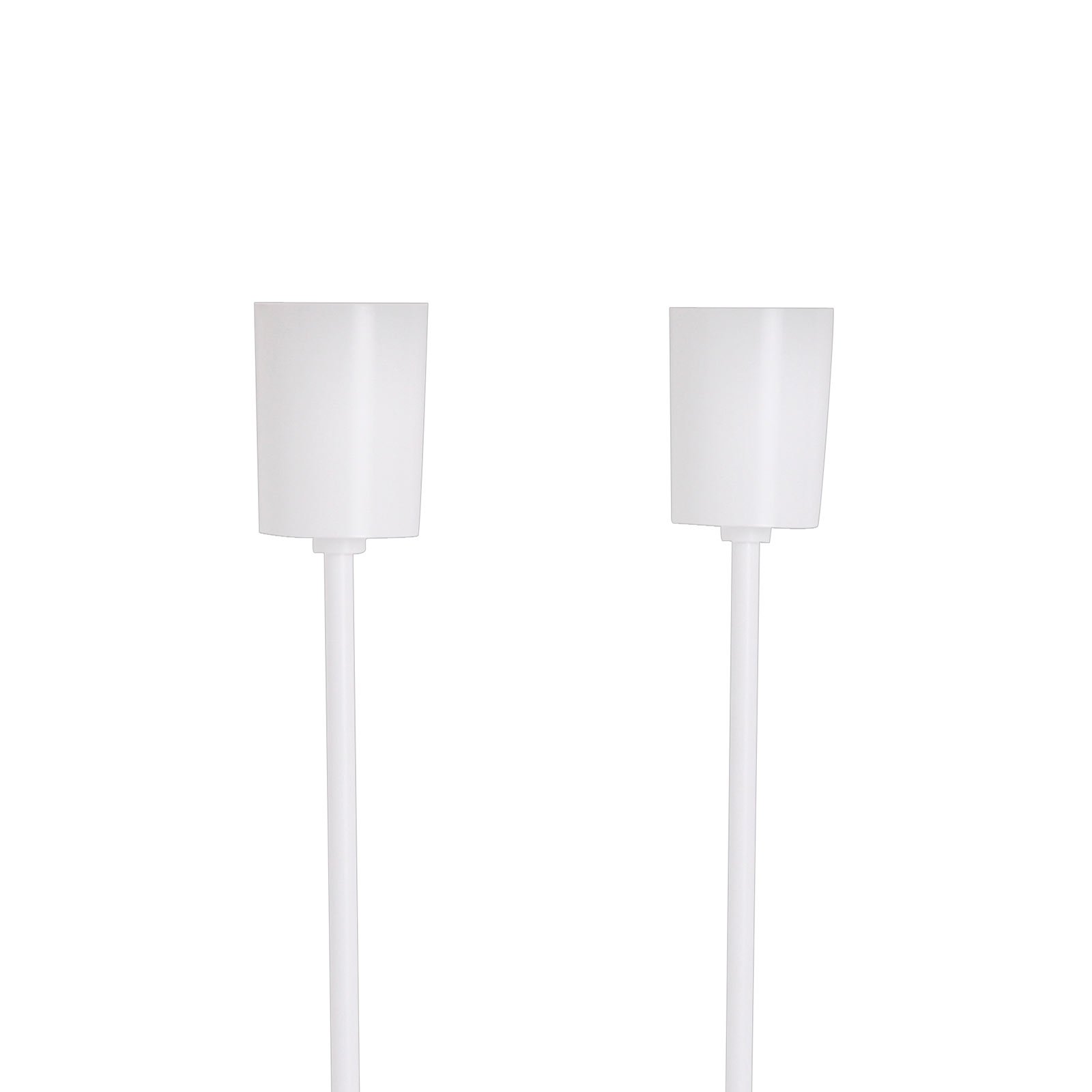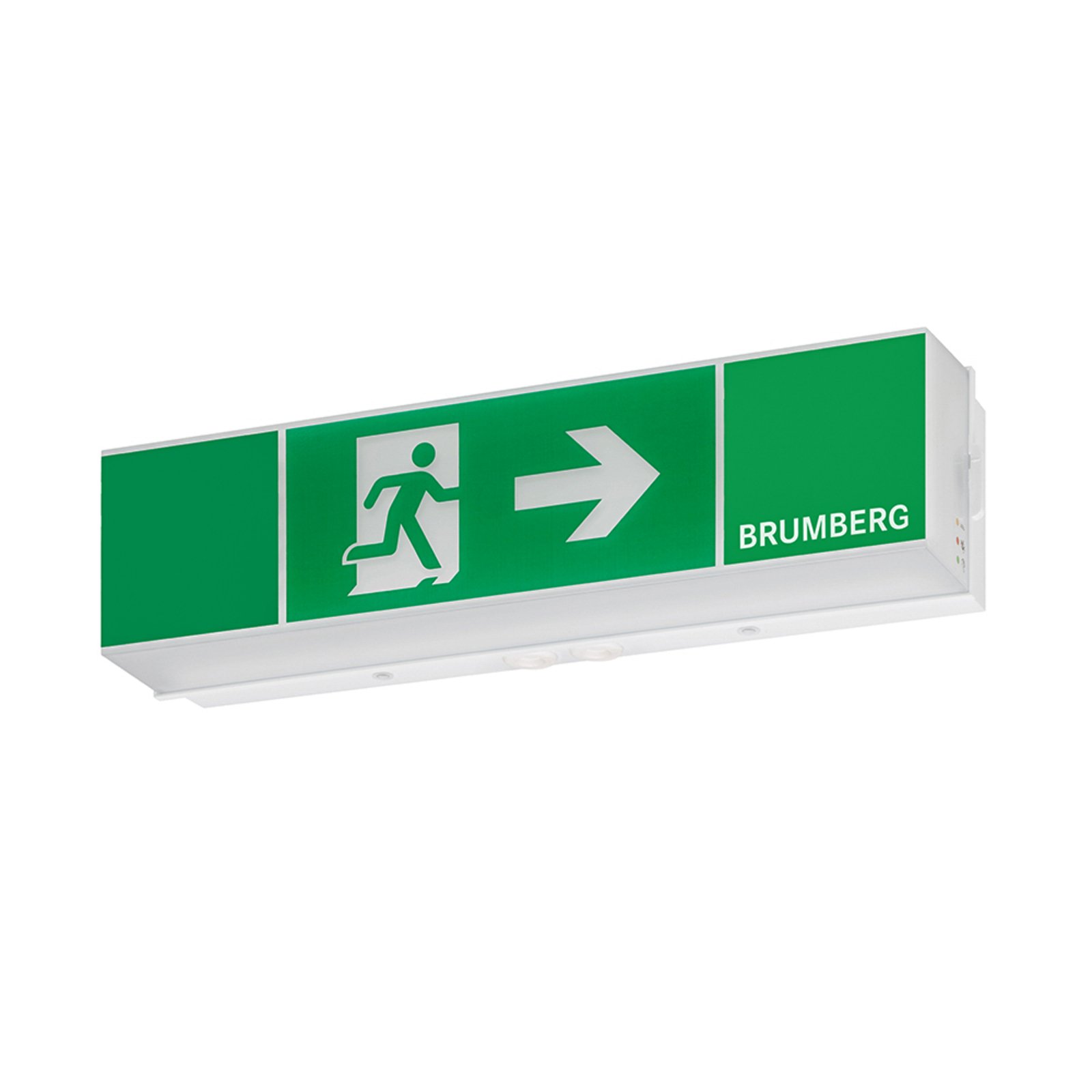- 50 days free returns
- Rated “Great” on Trustpilot
- Europe's largest selection of brands
Extra 11% off over €119 & Extra 14% off over €179
Emergency lighting
Safety lighting can save lives:format(jpeg))
When is emergency lighting needed?
Off-grid emergency lighting**, also known as safety lighting or anti-panic lighting, provides sufficient orientation for building evacuation in emergency situations. Escape routes** are reliably marked.
An emergency situation occurs when there is a power failure in public buildings, factories or company complexes. Causes can be natural disasters or technical defects in the substation, for example. This is also referred to as a blackout.
The use of emergency lighting can save lives! Because when the regular, mains-dependent lighting switches off, it can get very dark very quickly. The risk of accidents is particularly high in production facilities, logistics centers and parking garages. There is often no daylight in such installations or the sun has already set.
A lack of light also causes panic, for example in concert halls, because we perceive 80% of all information through our eyes - and this information is suddenly missing.
Another form of emergency lighting is replacement lighting. This enables the safe termination of a work process in the event of a power failure. This is necessary in laboratories, for example, when experiments are being carried out with the risk of releasing pathogens.
How does emergency lighting work in the event of a power failure?
In order to be independent of the mains in an emergency, the emergency lighting is powered by a rechargeable battery or power generator.
From the time of the power failure, the safety lighting must be able to be supplied independently of the mains for at least 3 hours. It is also important that the lighting is switched on immediately, i.e. a switch-on time <1s.
:format(jpeg))
According to which regulations is emergency lighting installed?
The basis for the installation of emergency lighting is DIN EN 1838 for applied lighting technology and around 30 other standards, regulations and guidelines. These include, for example, ISO 30061; CIE S 020, DIN EN 50172 for safety lighting systems, the German Workplace Ordinance (ArbStättV) on occupational health and safety, and the requirements of national building law. The basis for the replacement lighting is also a hazard assessment.
In addition to professional installation, regular maintenance is also mandatory.
The safety lighting consists of luminaires that illuminate escape routes and escape signs that indicate the direction of escape routes, safety-relevant facilities and emergency exits.
:format(jpeg))
Relevant requirements for safety lighting are:
- Mounting the safety lights 2 m above the floor
- Illumination of escape routes with 1 lux over a width of at least 2 m
- Color rendering index (CRI) of the luminaires at least Ra 40
- Reduction of strong light-dark contrasts through uniform illuminance
- Signage and lighting at the emergency exits
- Marking of all changes of direction of escape routes
- Emergency lighting at first aid stations and fire extinguishers
:format(jpeg))
The installation height of the safety lighting must be at least 2 m. An illuminance of at least 1 lux must be maintained 2 cm above the floor _.
:format(jpeg))
Escape routes must be illuminated at least 2 meters wide.
:format(jpeg))
For stairs and other changes in level, the lighting must not exceed a distance of 2 meters from the floor.
:format(jpeg))
Safety-relevant equipment such as fire extinguishers must be illuminated with emergency lighting.
In addition, an escape and rescue plan must be clearly visible to employees, visitors and emergency services.
:format(jpeg))
Which luminaires are used for emergency lighting?
The luminaires for safety lighting must provide sufficient visual conditions so that buildings can be evacuated quickly and safety equipment such as fire-fighting equipment can be located quickly.
In addition to the type of mounting, there are also differences in the brightness (lumen) and the detection range in meters.
Emergency lighting today usually works with LED and rechargeable battery. The energy efficiency of LED emergency lighting is a major advantage: the light shines for longer because the battery is used efficiently. LED also requires less maintenance.
We stock high-quality emergency lighting from brand manufacturers such as Fischer Akkumulatorentechnik, Ledino, Osram and Steinel.
:format(jpeg))
Example of an escape sign luminaire for marking escape and rescue routes with a recognition range of 16 m.
:format(jpeg))
Example of a luminaire for illuminating escape and rescue routes with automatic self-testing system for greater safety.
:format(jpeg))
Example of anti-panic lighting. If the power supply is working, it is switched off. If interrupted, it switches on within half a second for at least three hours._
Do you need expert advice on your emergency lighting? Or do you have another question about light and lighting? Then our specialist advice team will be happy to help you: to contact form.
The strike-through prices correspond to the manufacturer's RRP.
Included in the price of LED lights/bulbs is a contribution to recycling costs of €0.05. Included in the price of CFLs/fluorescent bulbs is a contribution to recycling costs of €0.15.
All prices include 23% VAT, delivery costs excluded.

















































